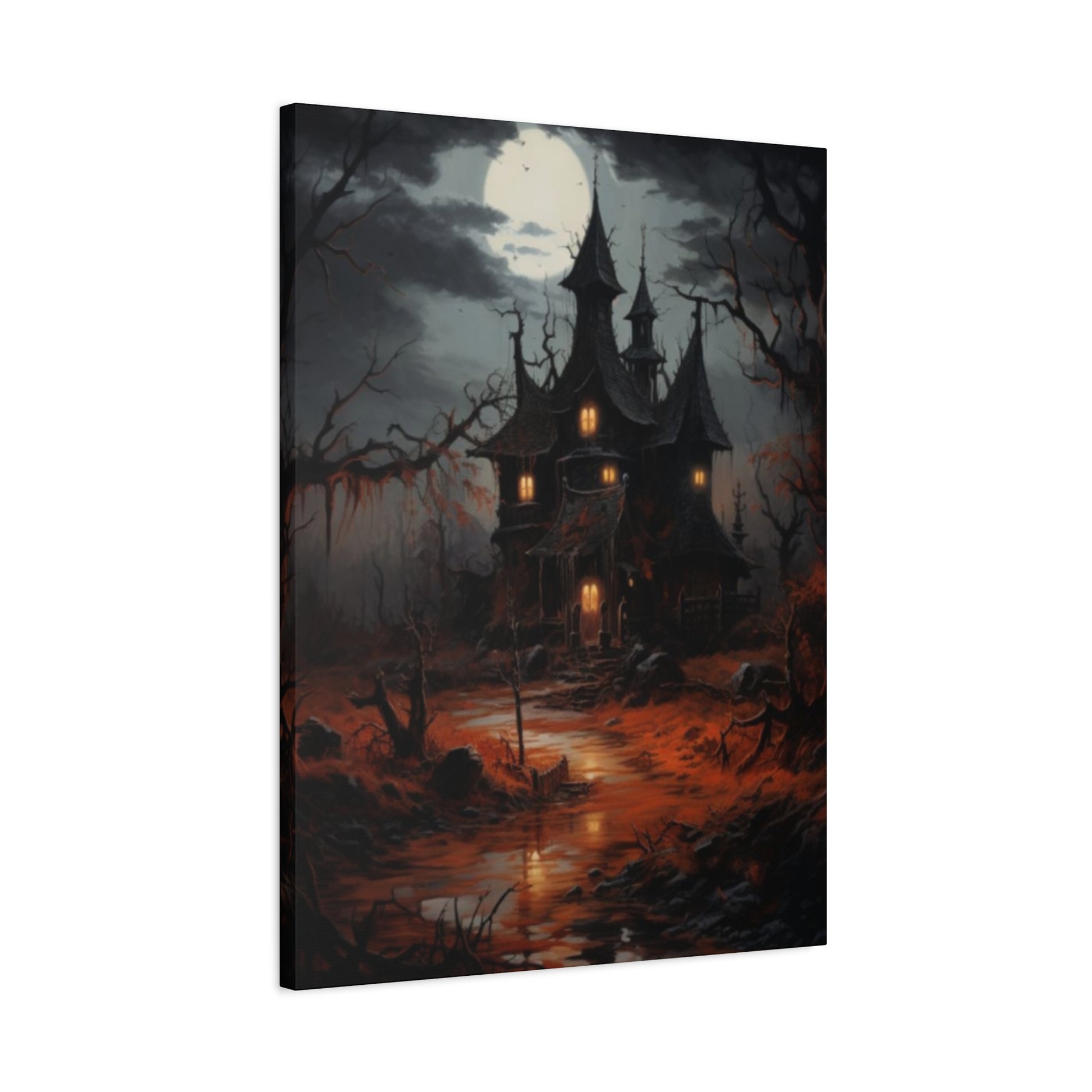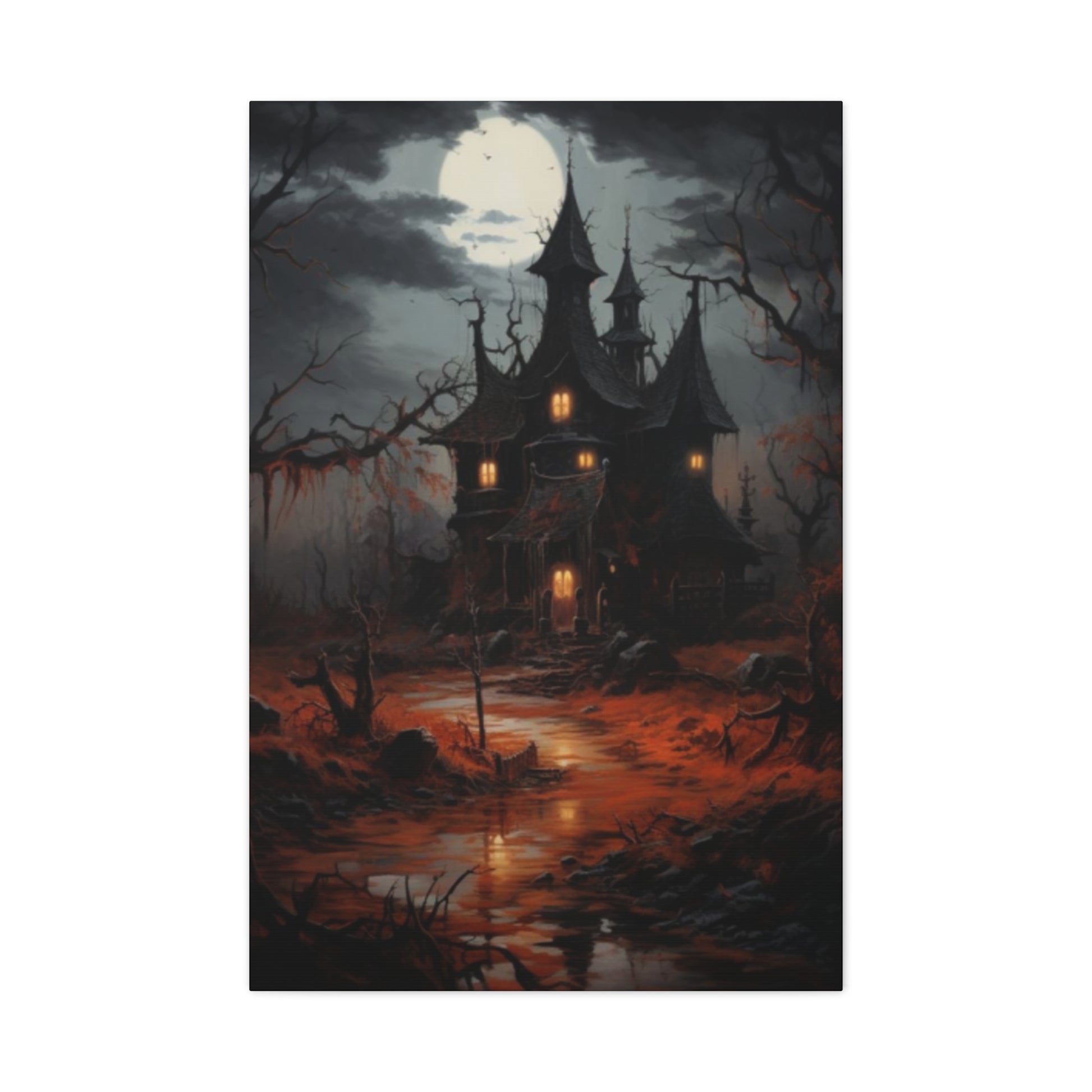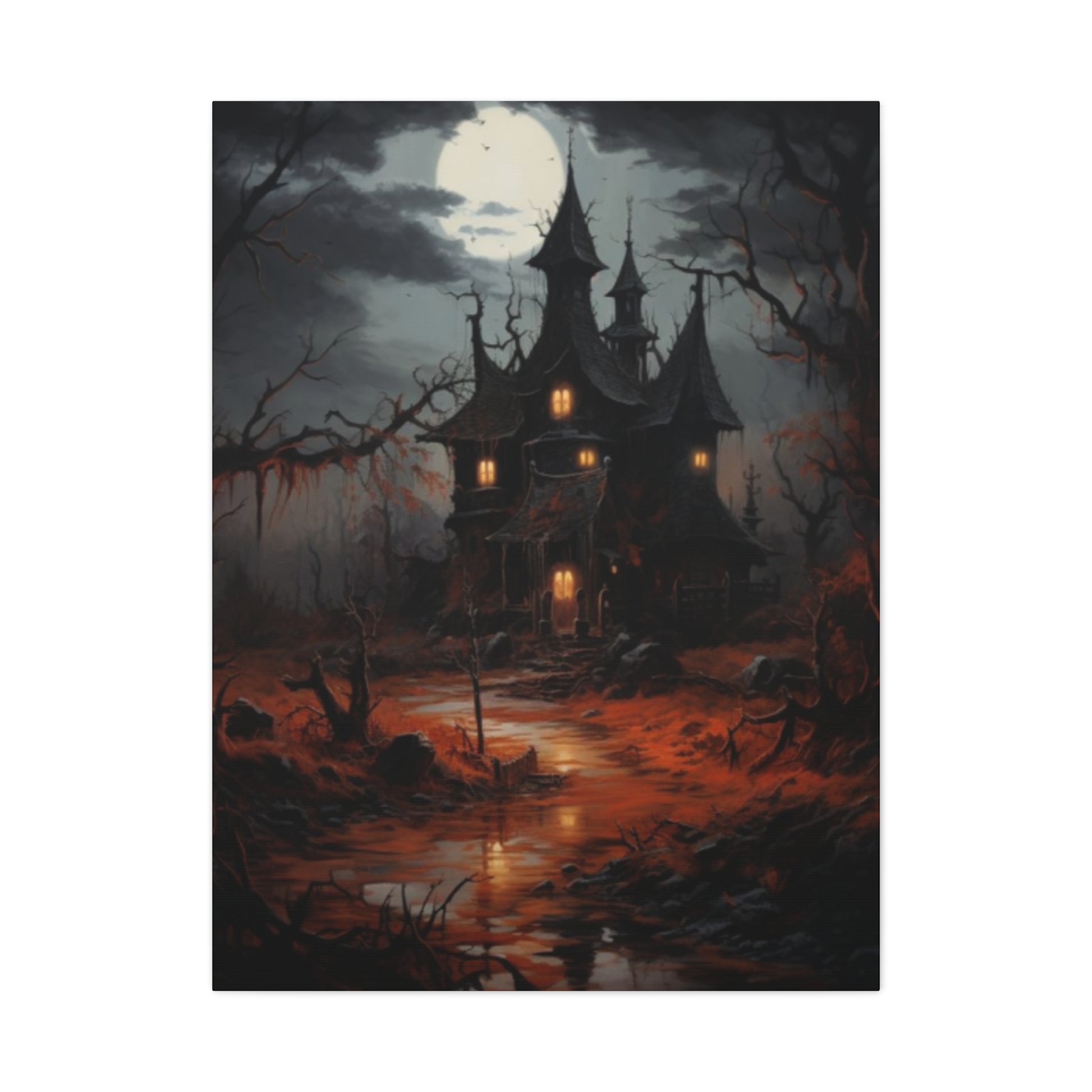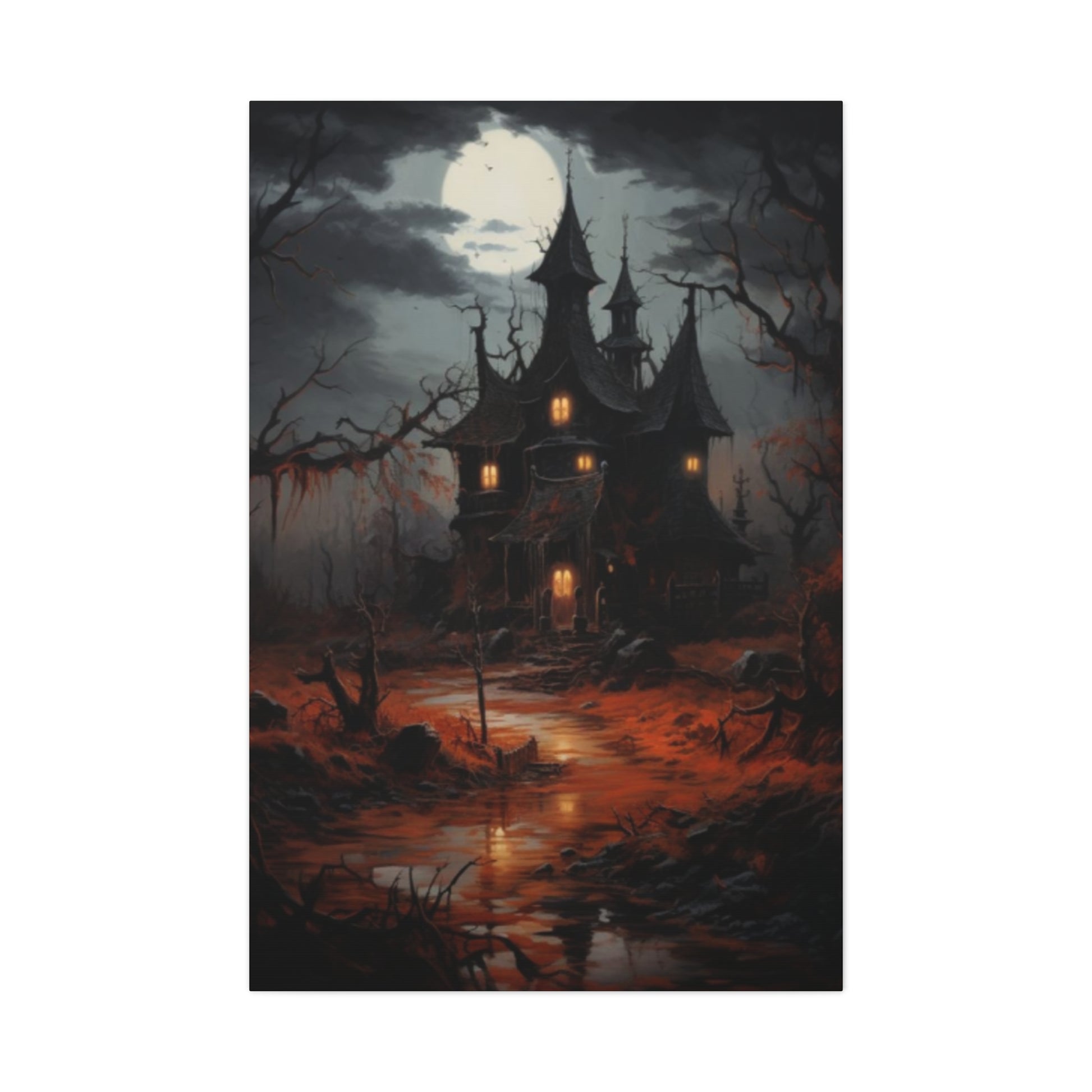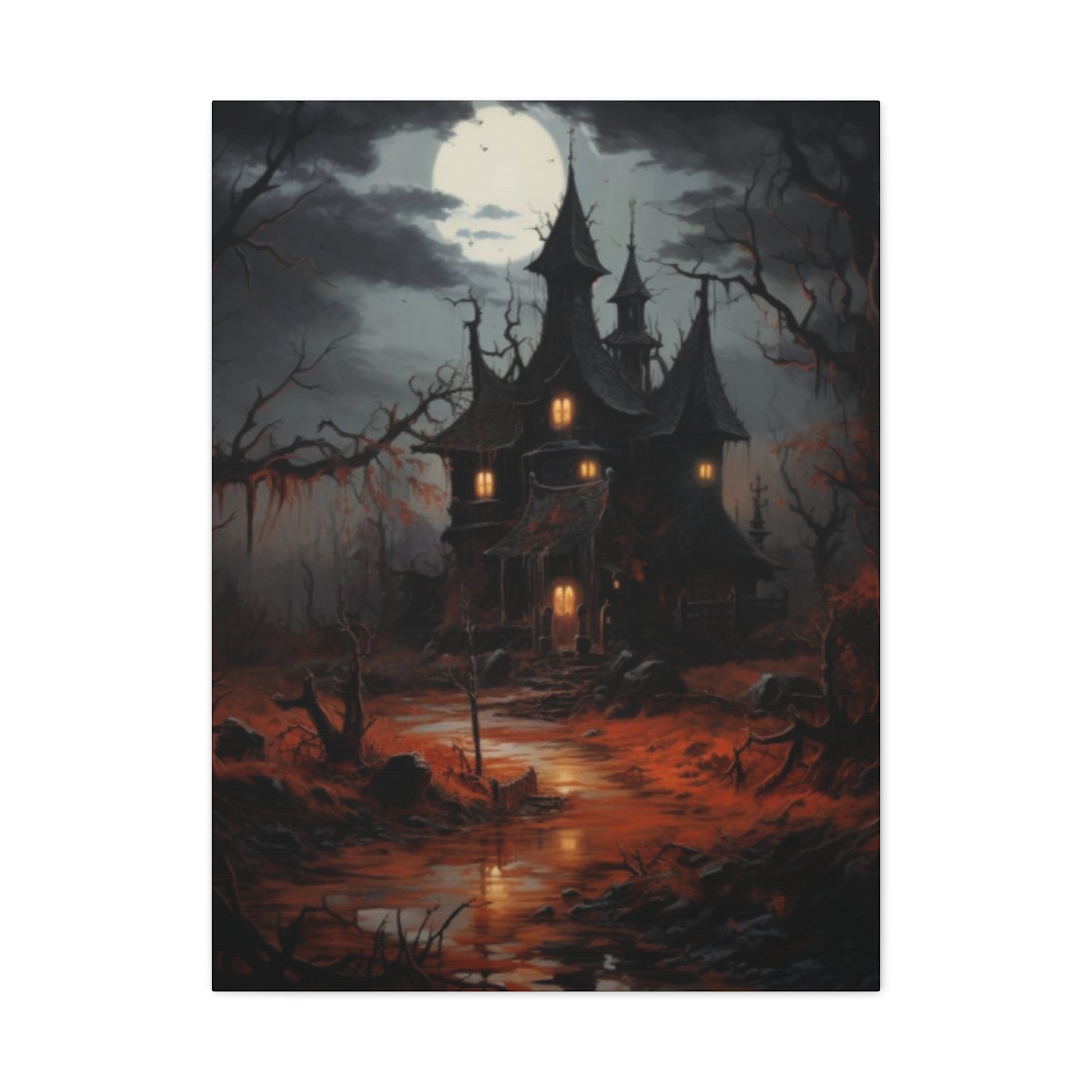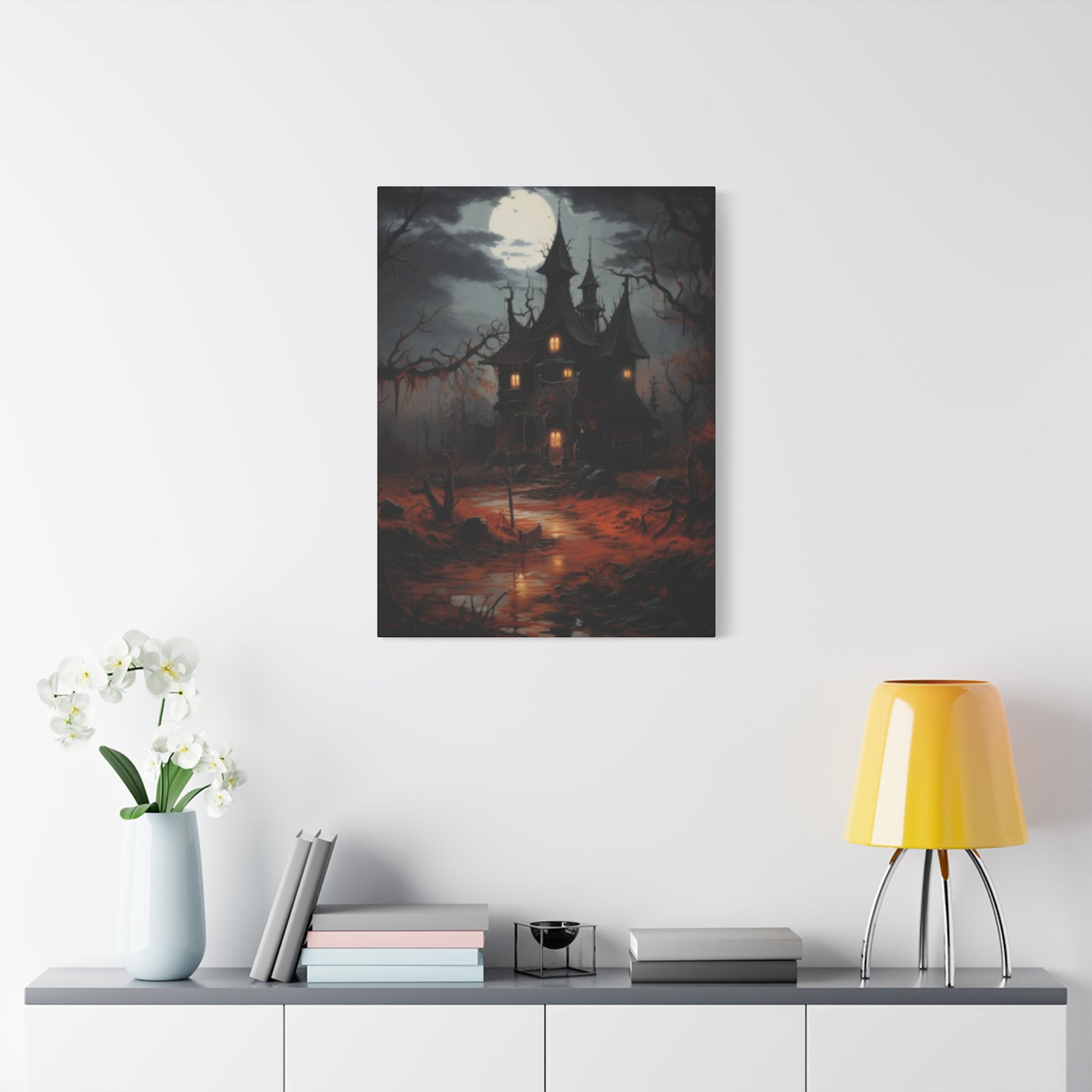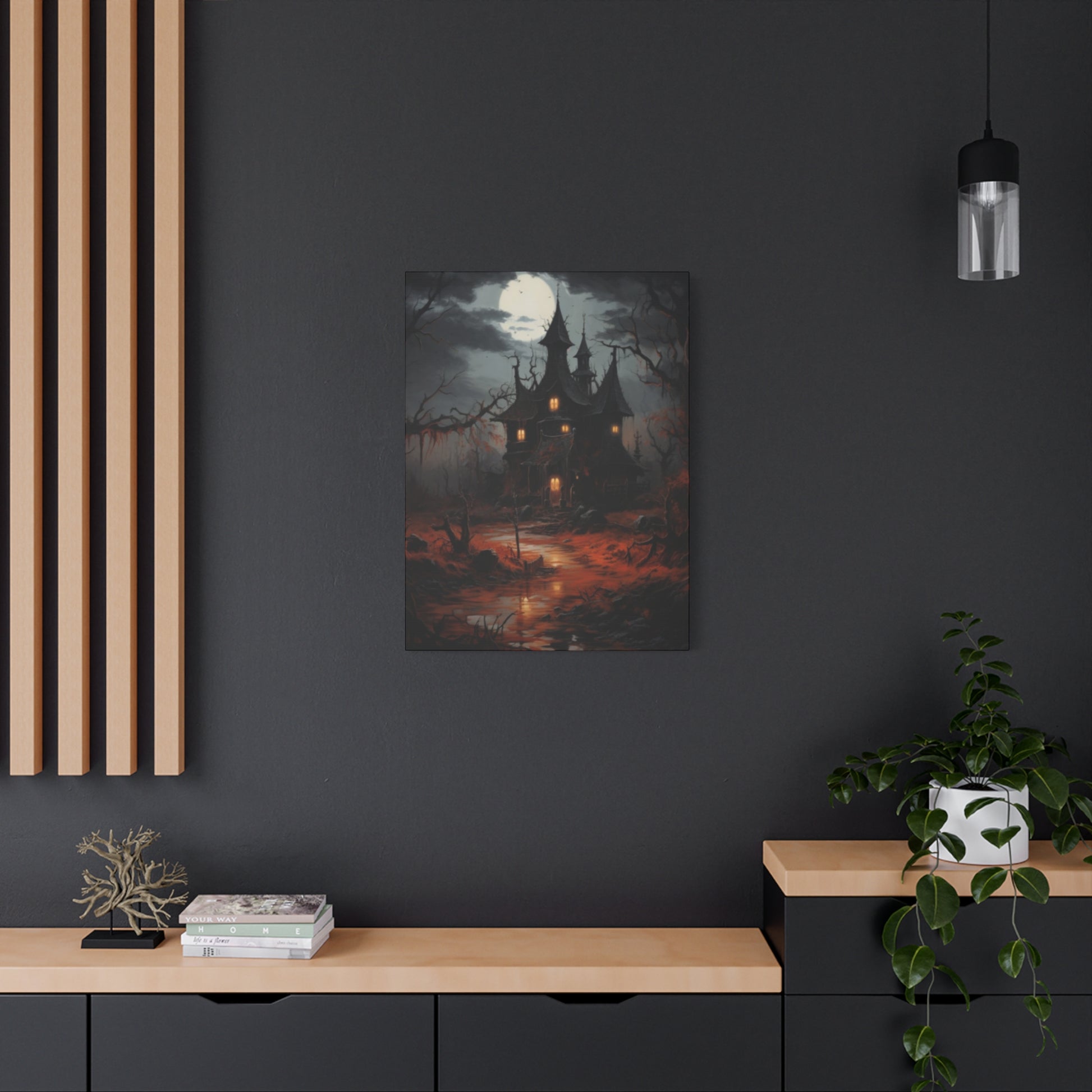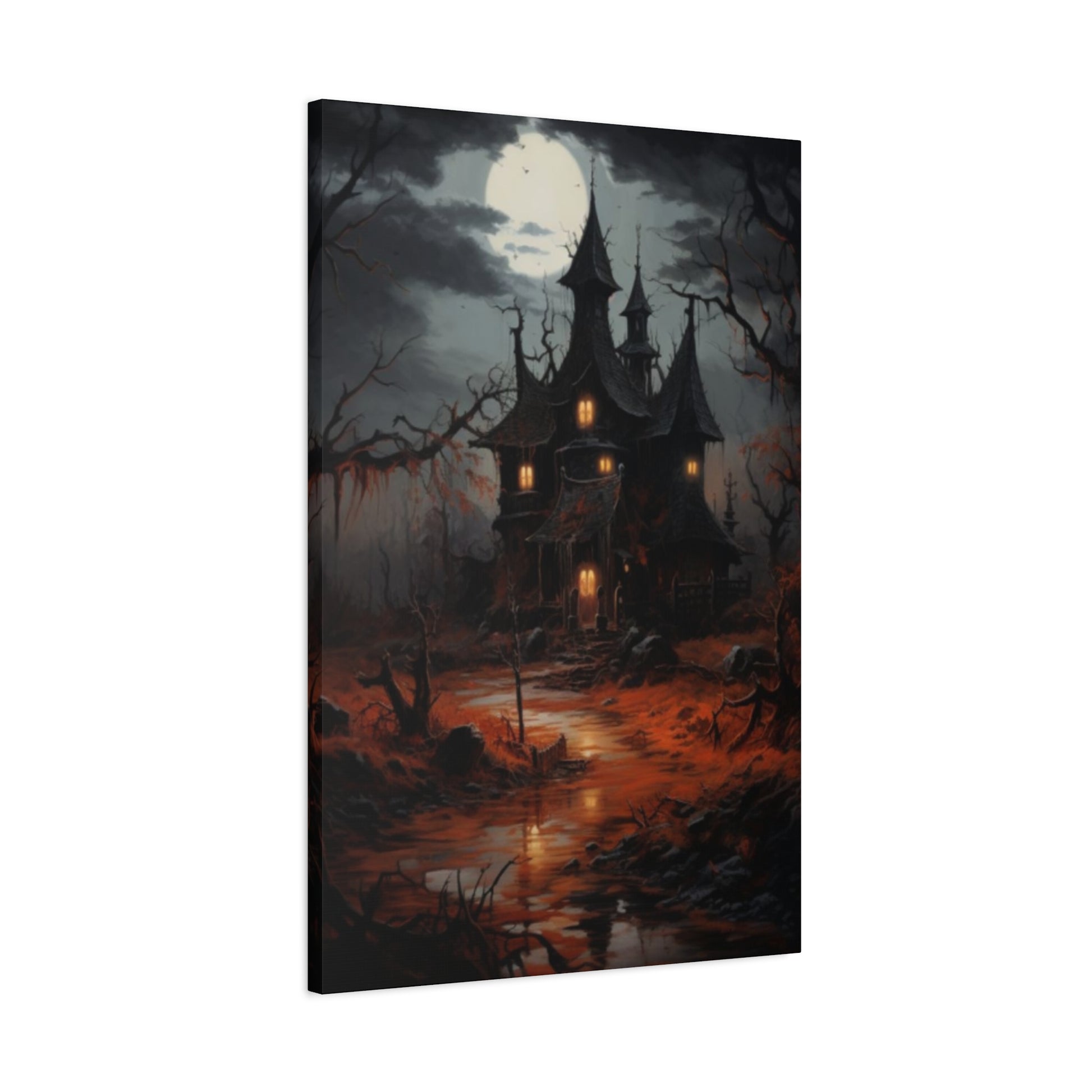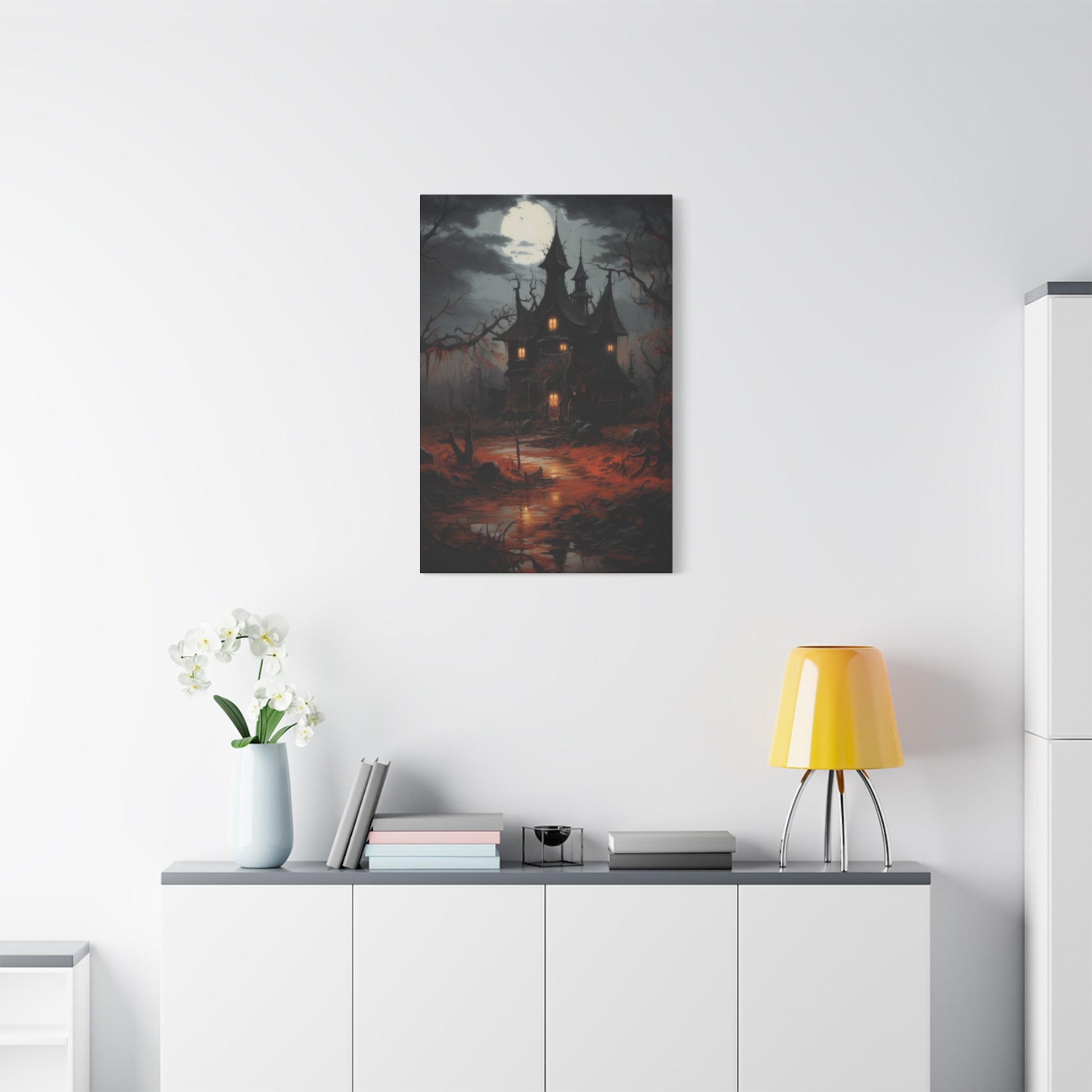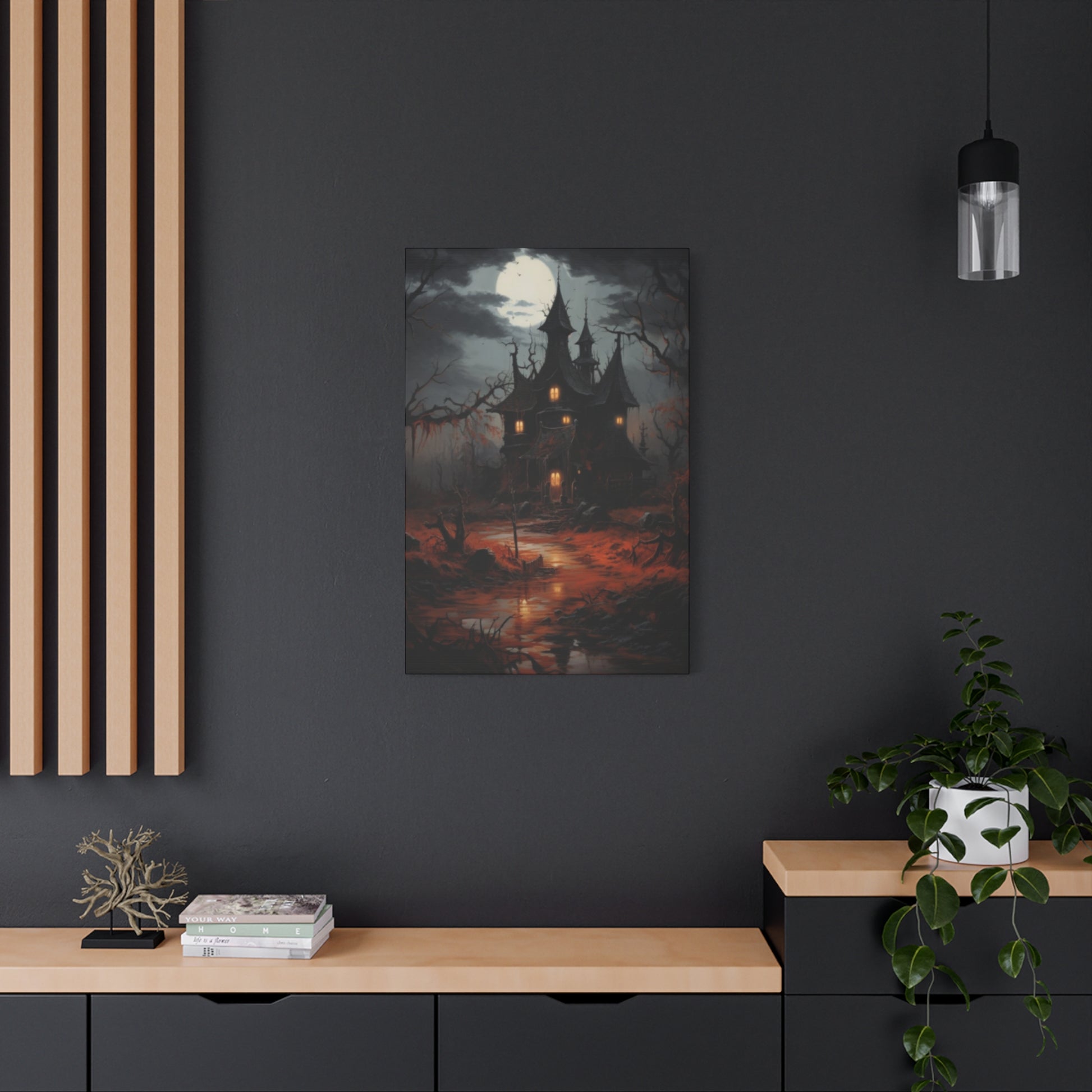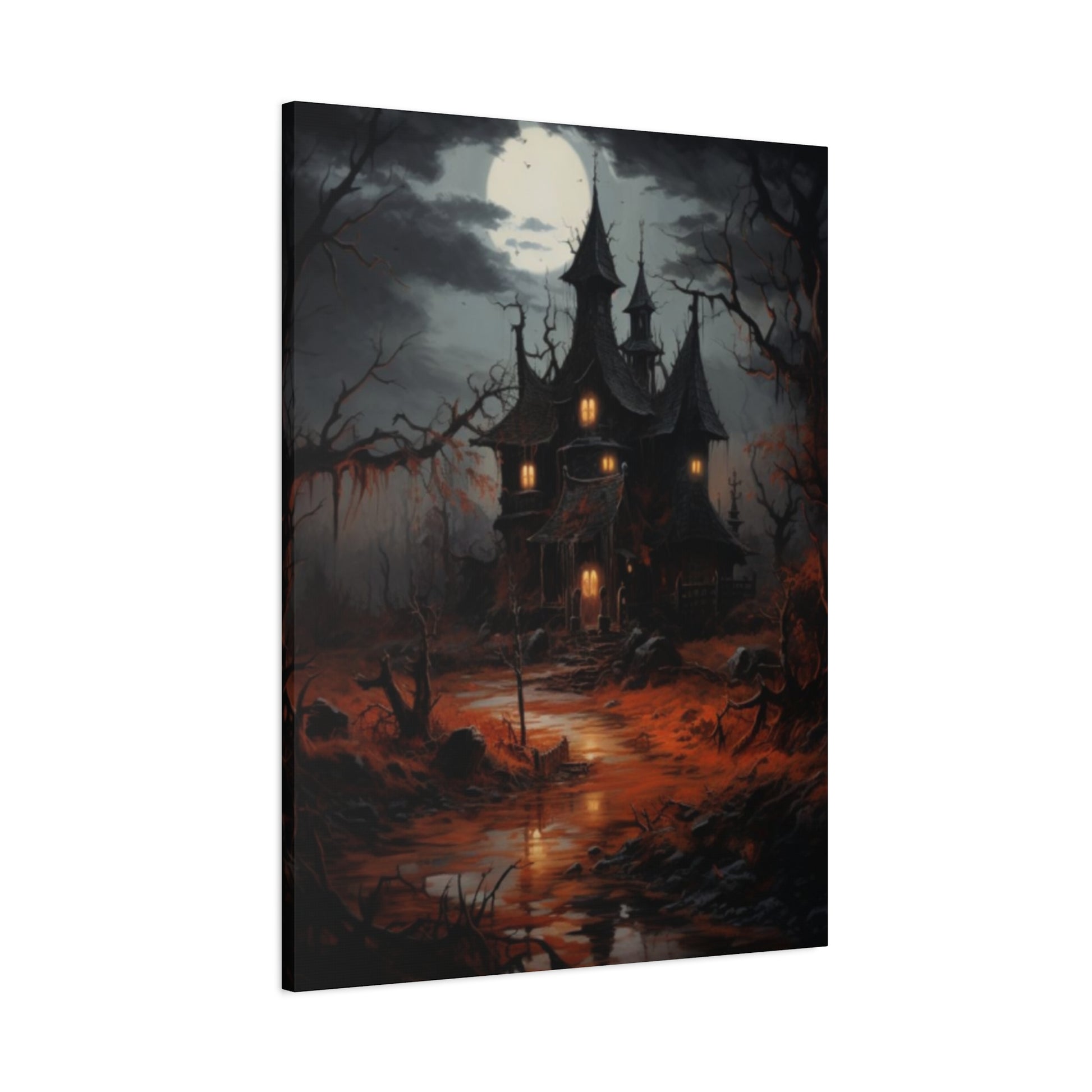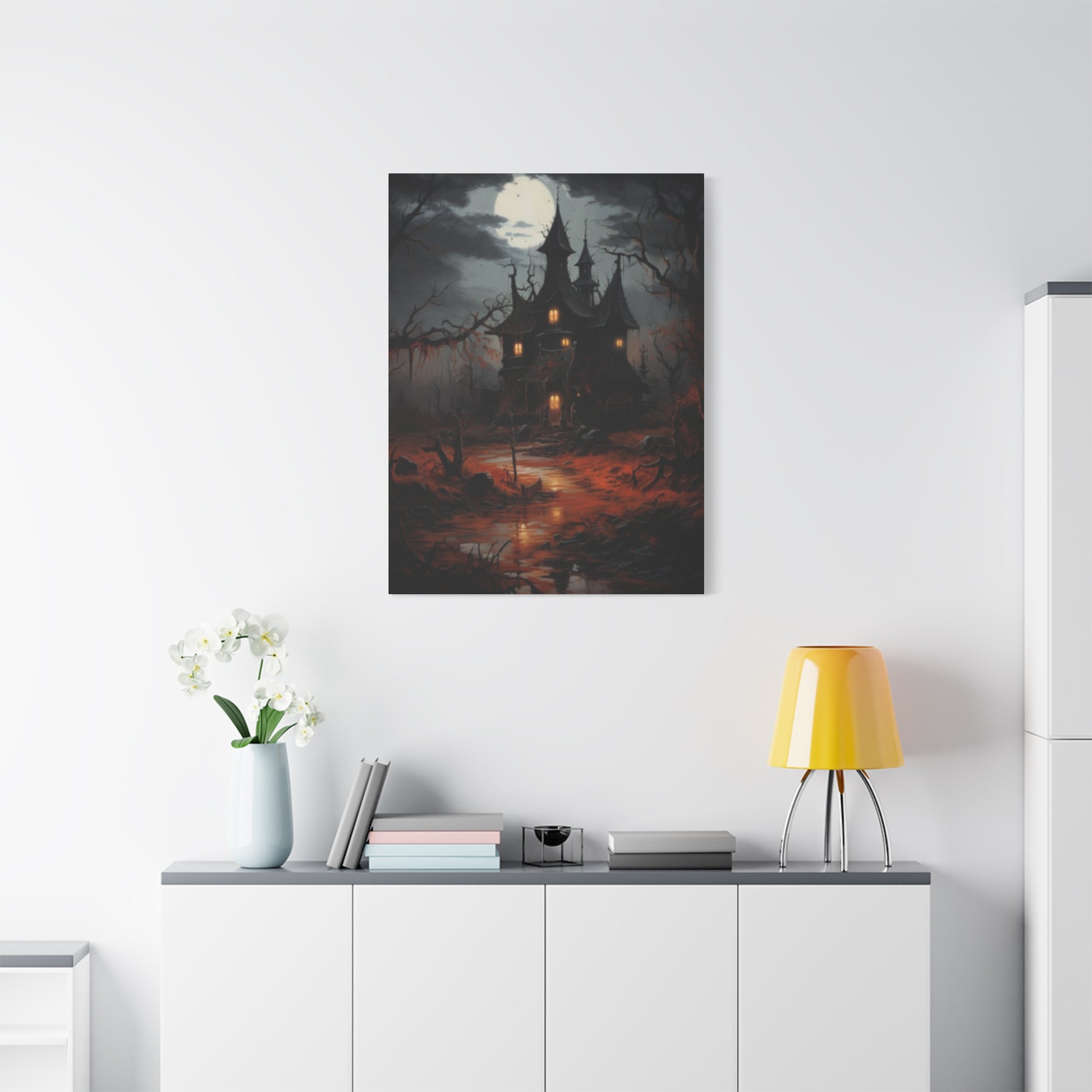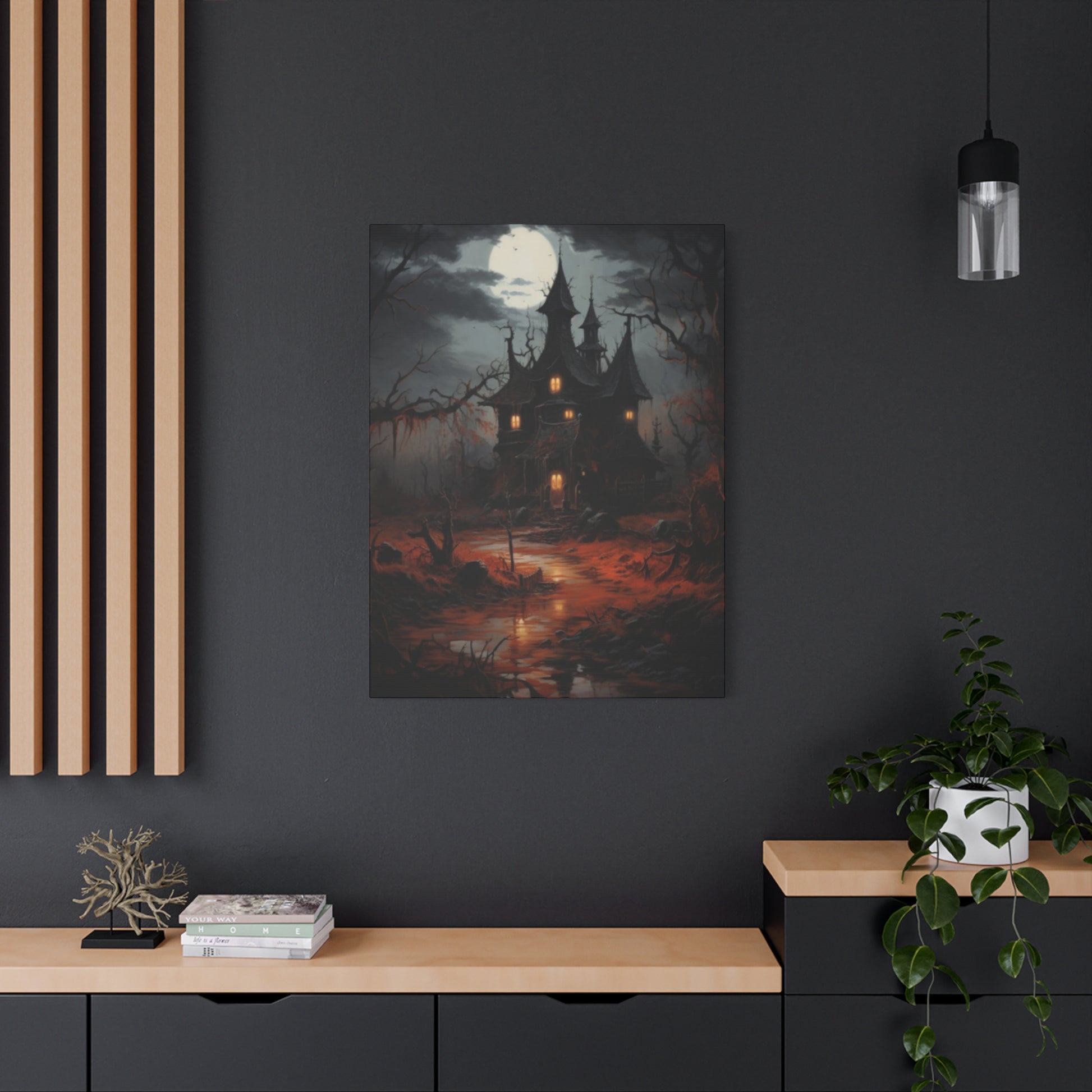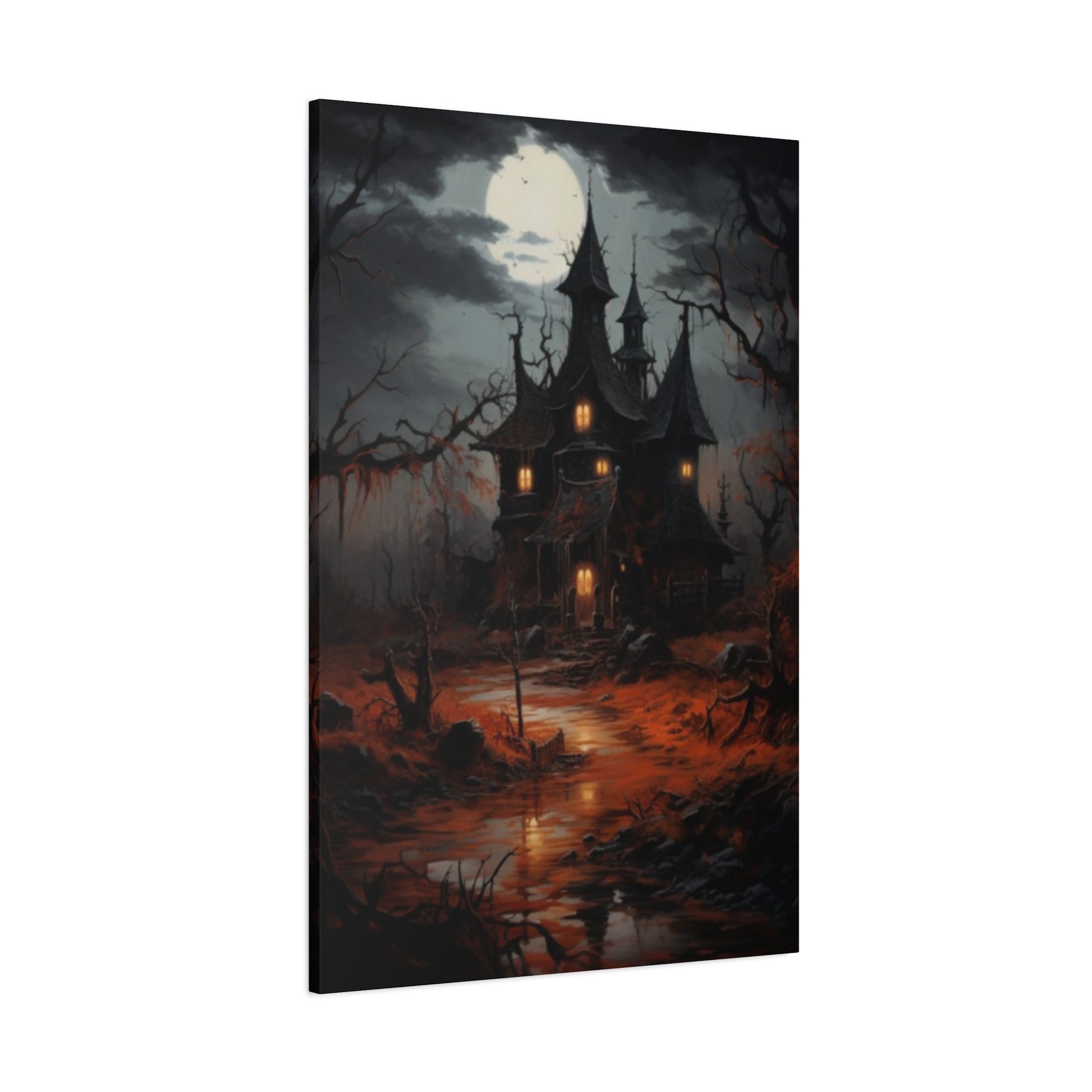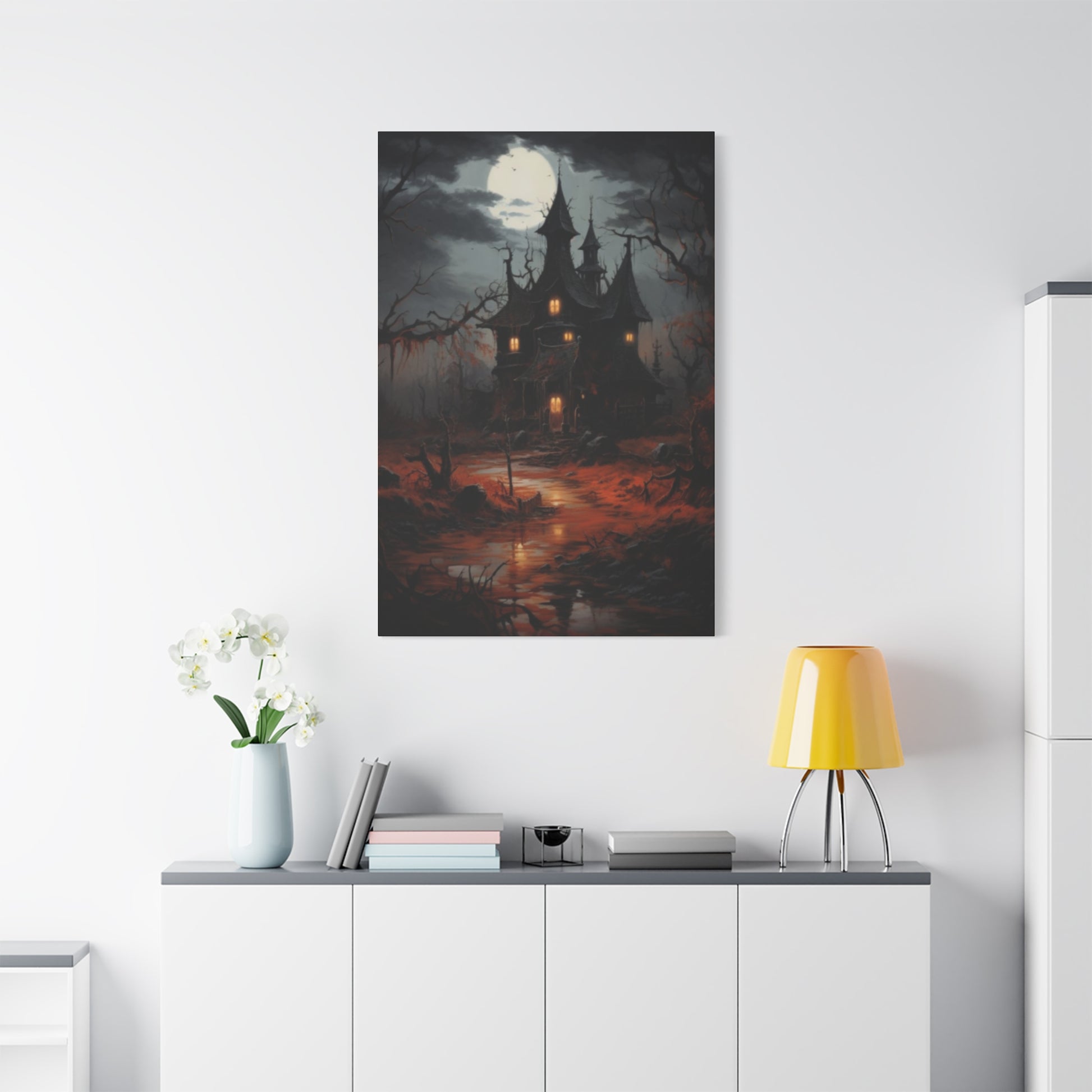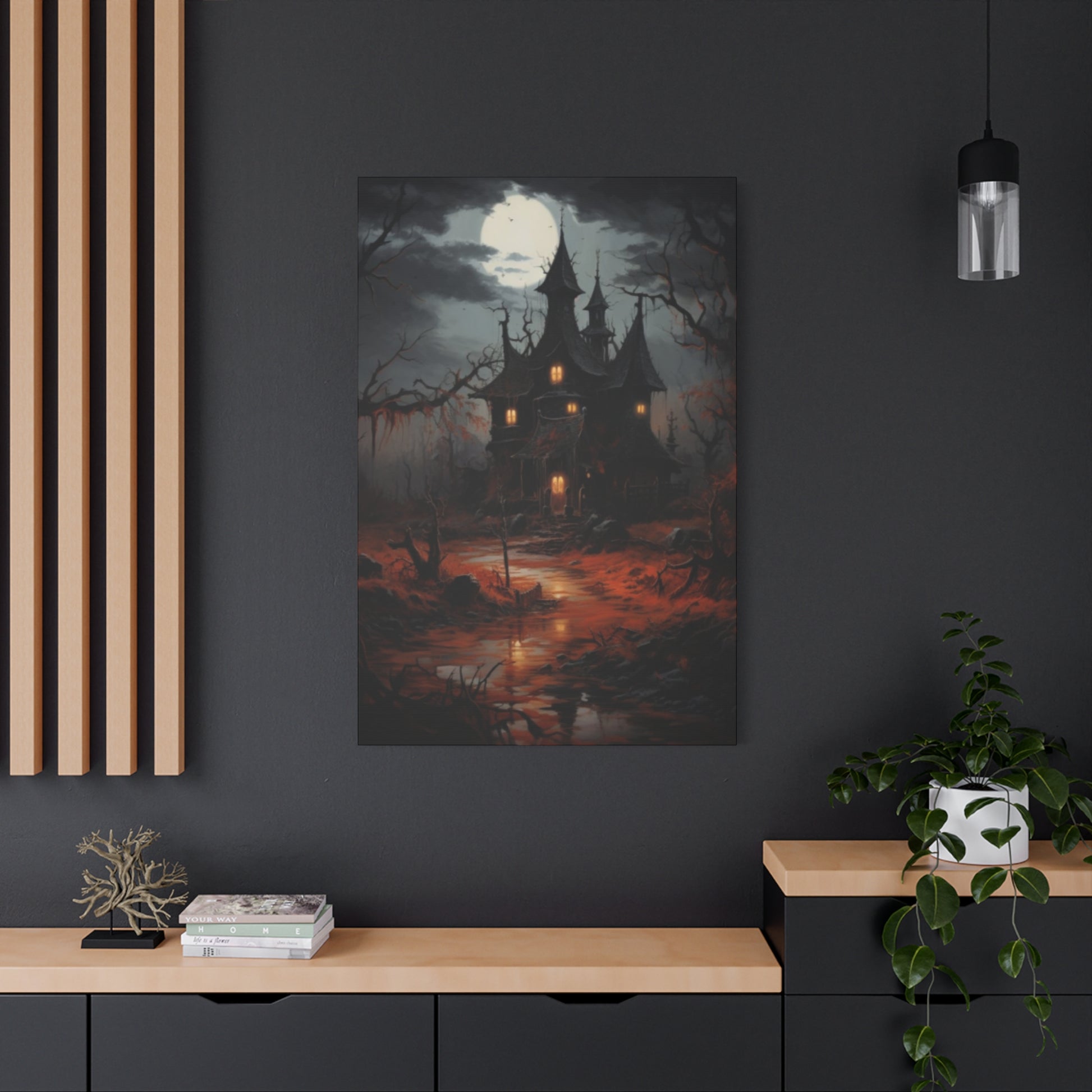Halloween Home Painting Wall Art & Canvas Prints
Halloween Home Painting Wall Art & Canvas Prints
Couldn't load pickup availability
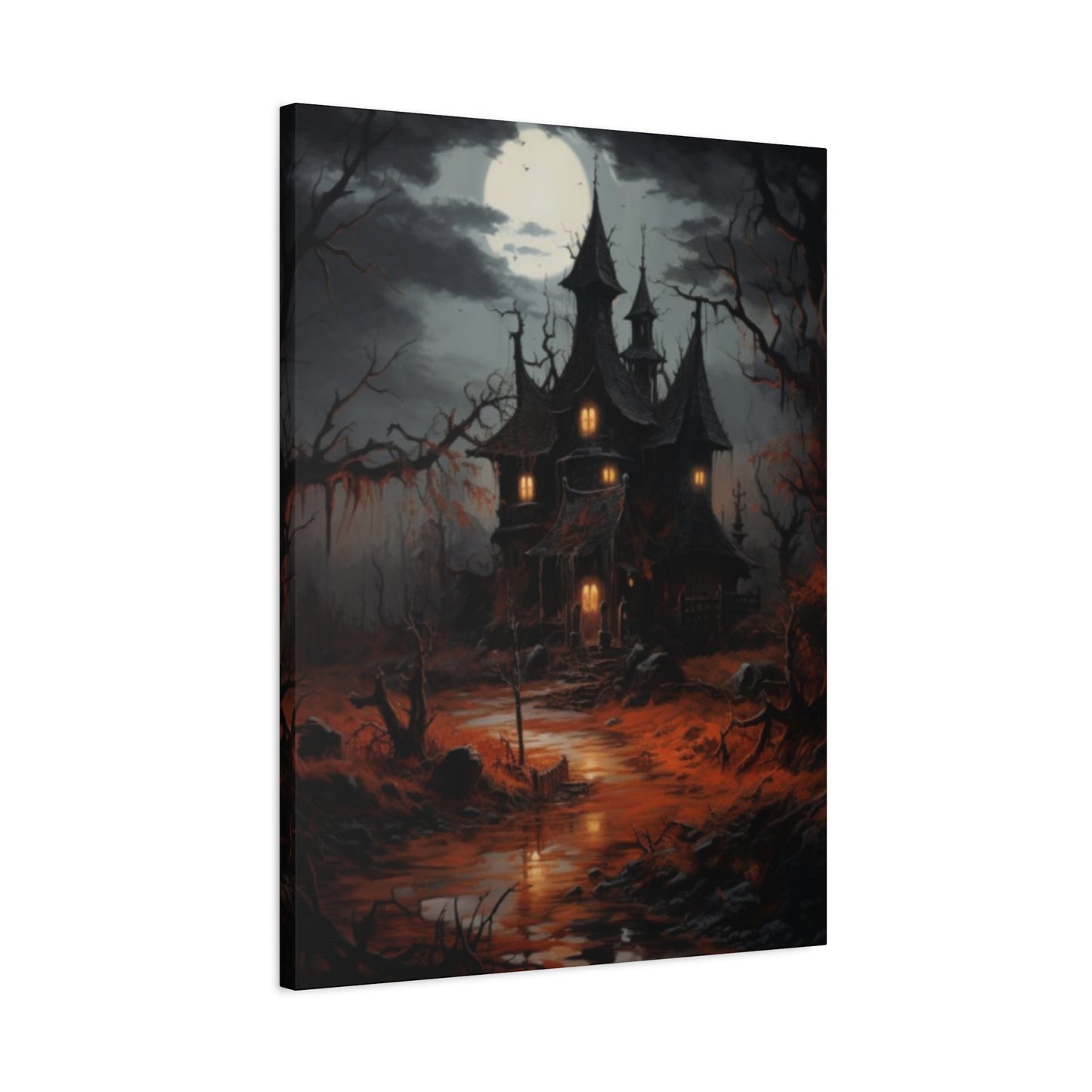
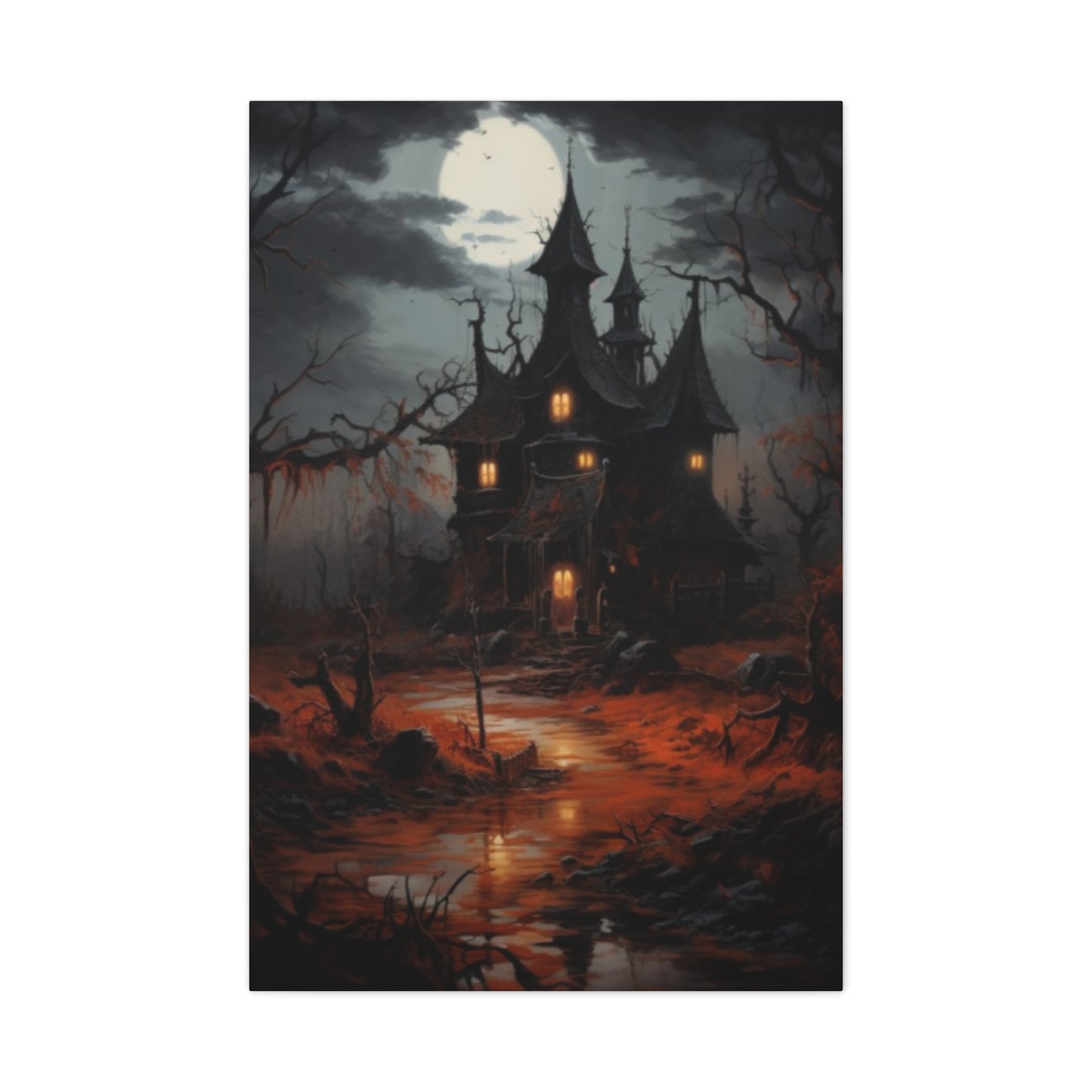
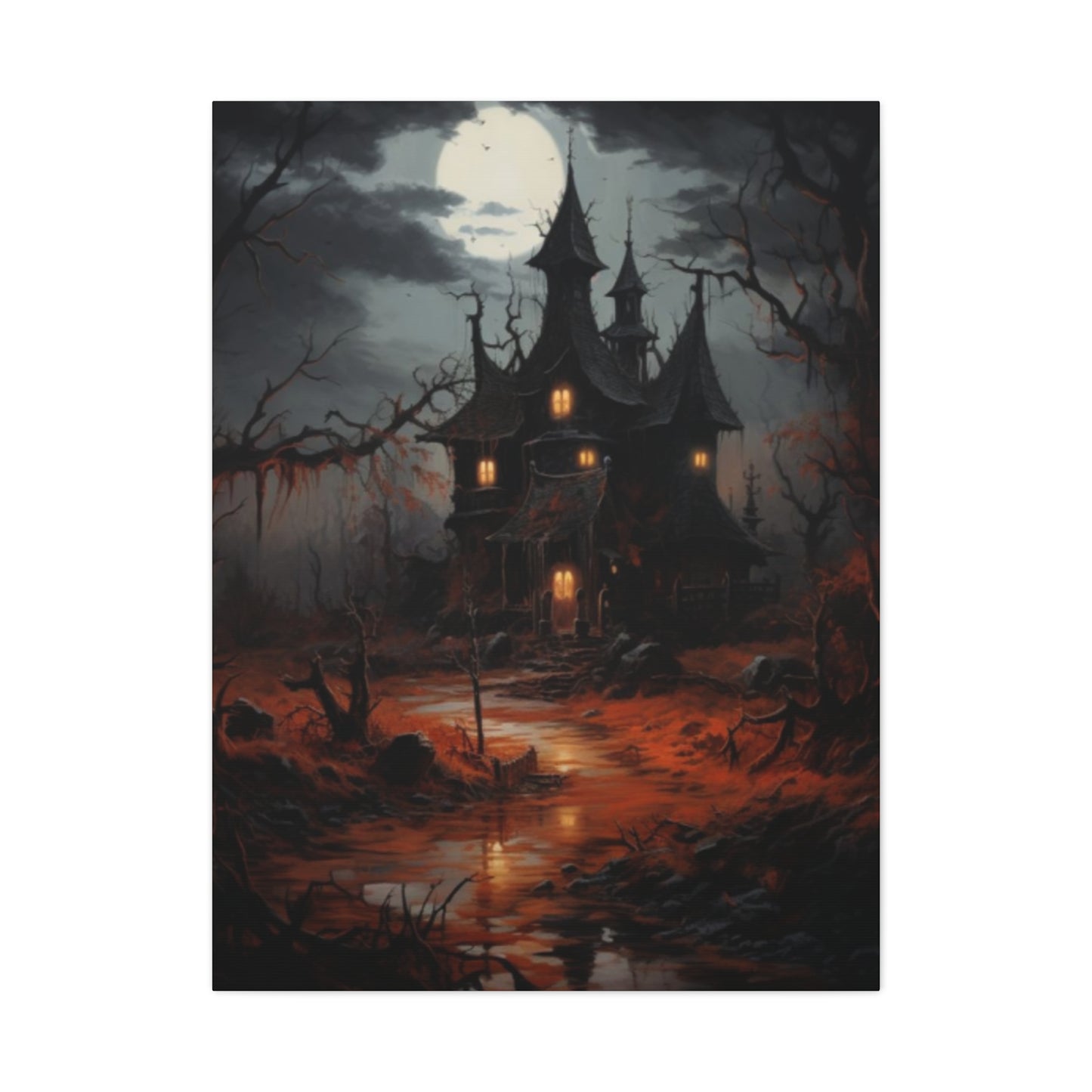
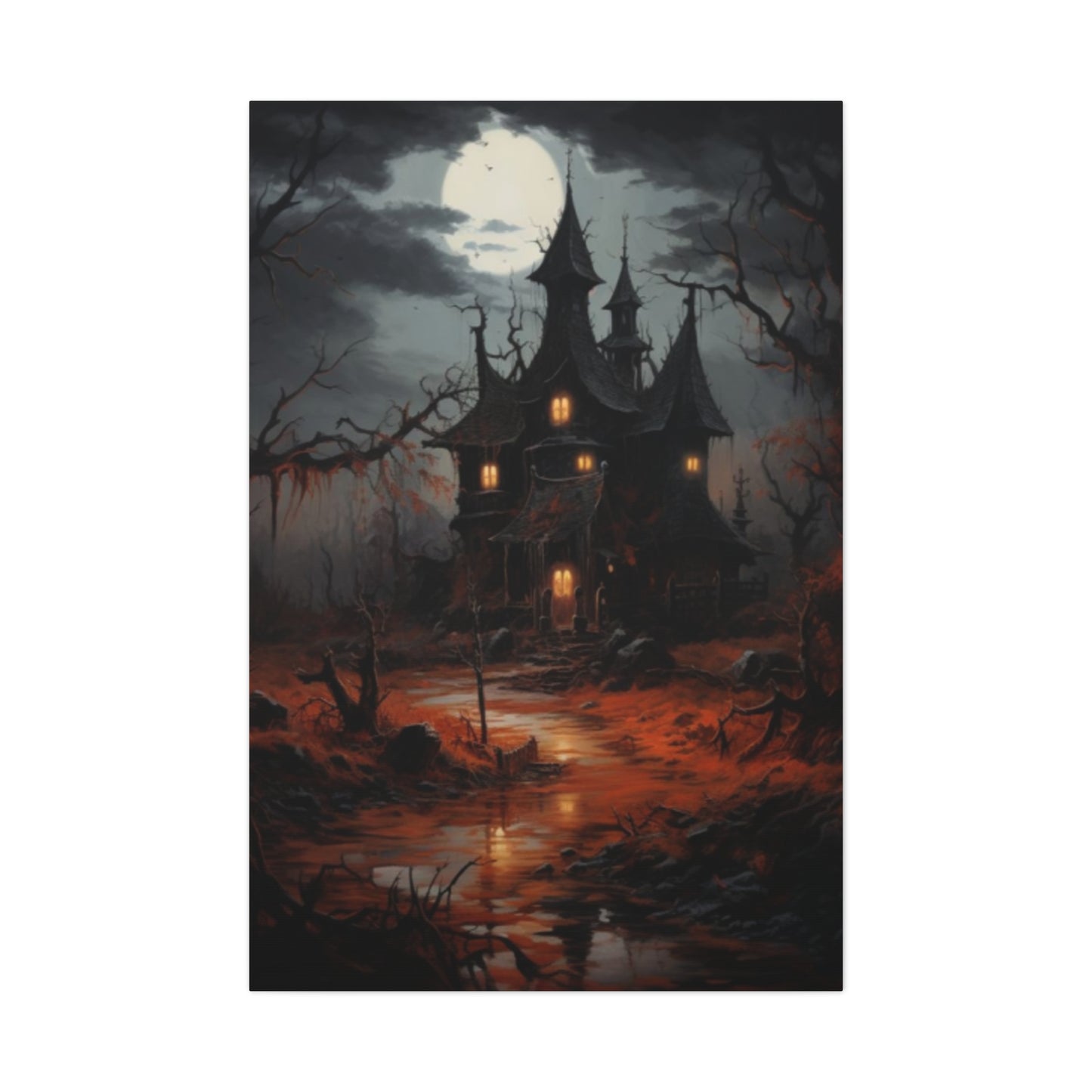
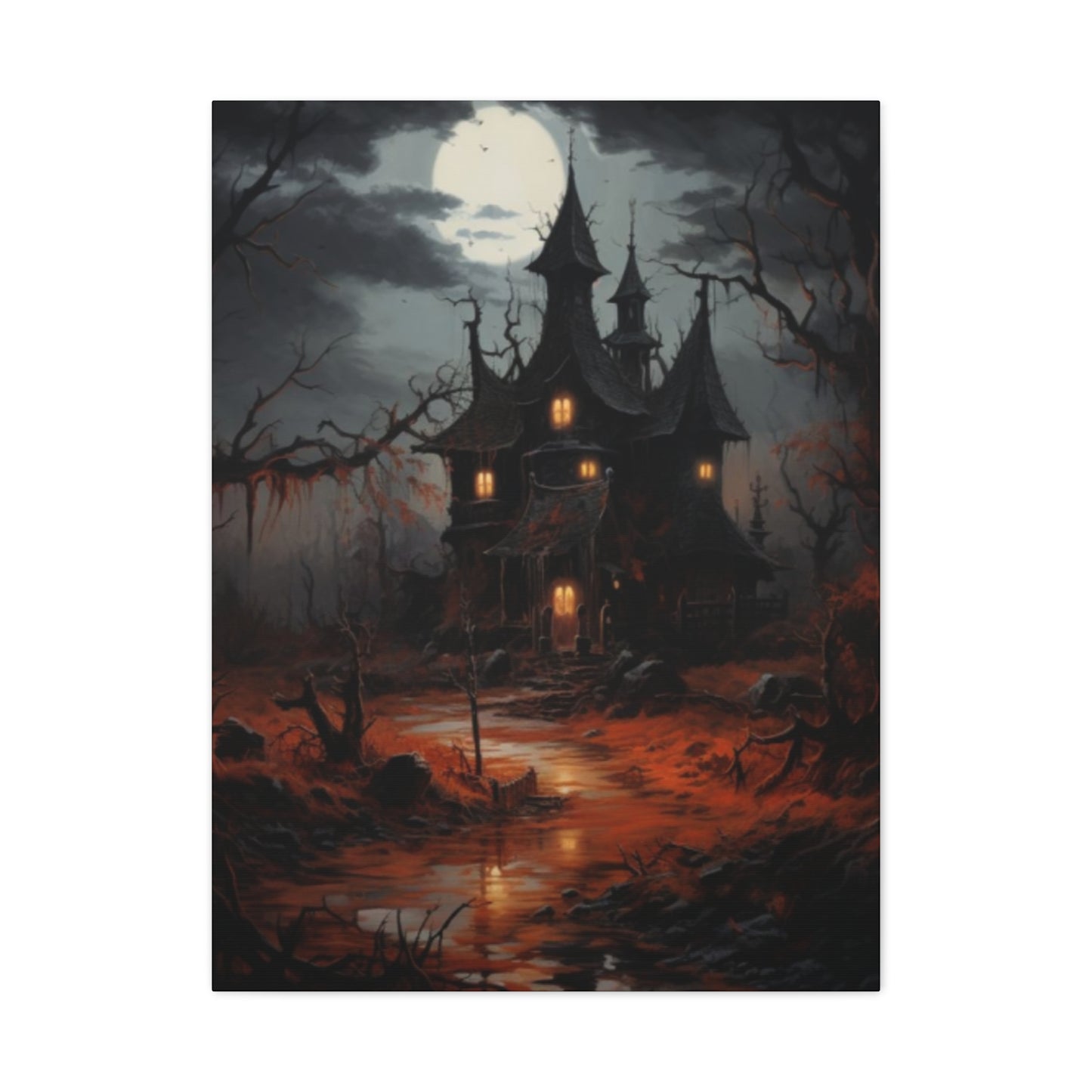
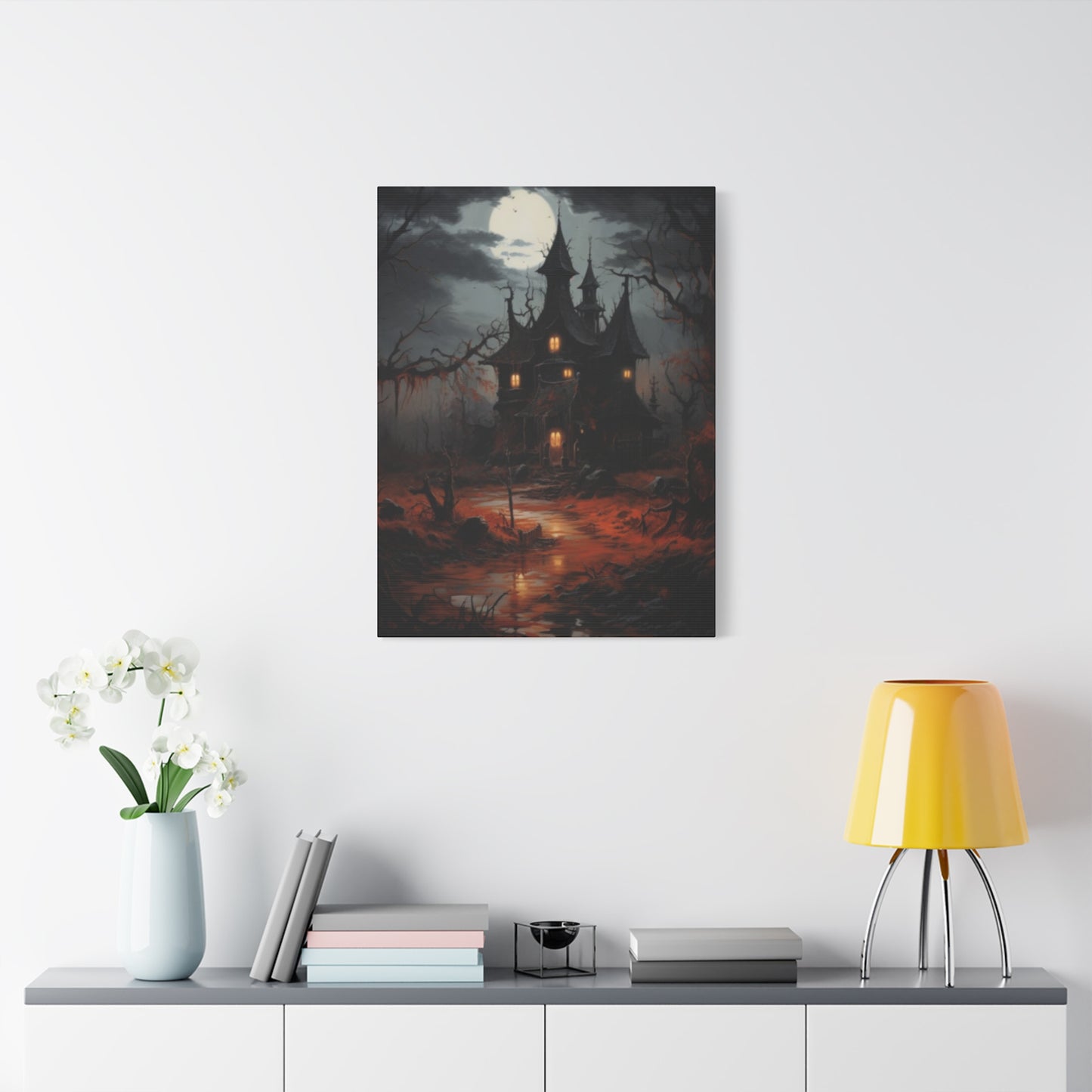
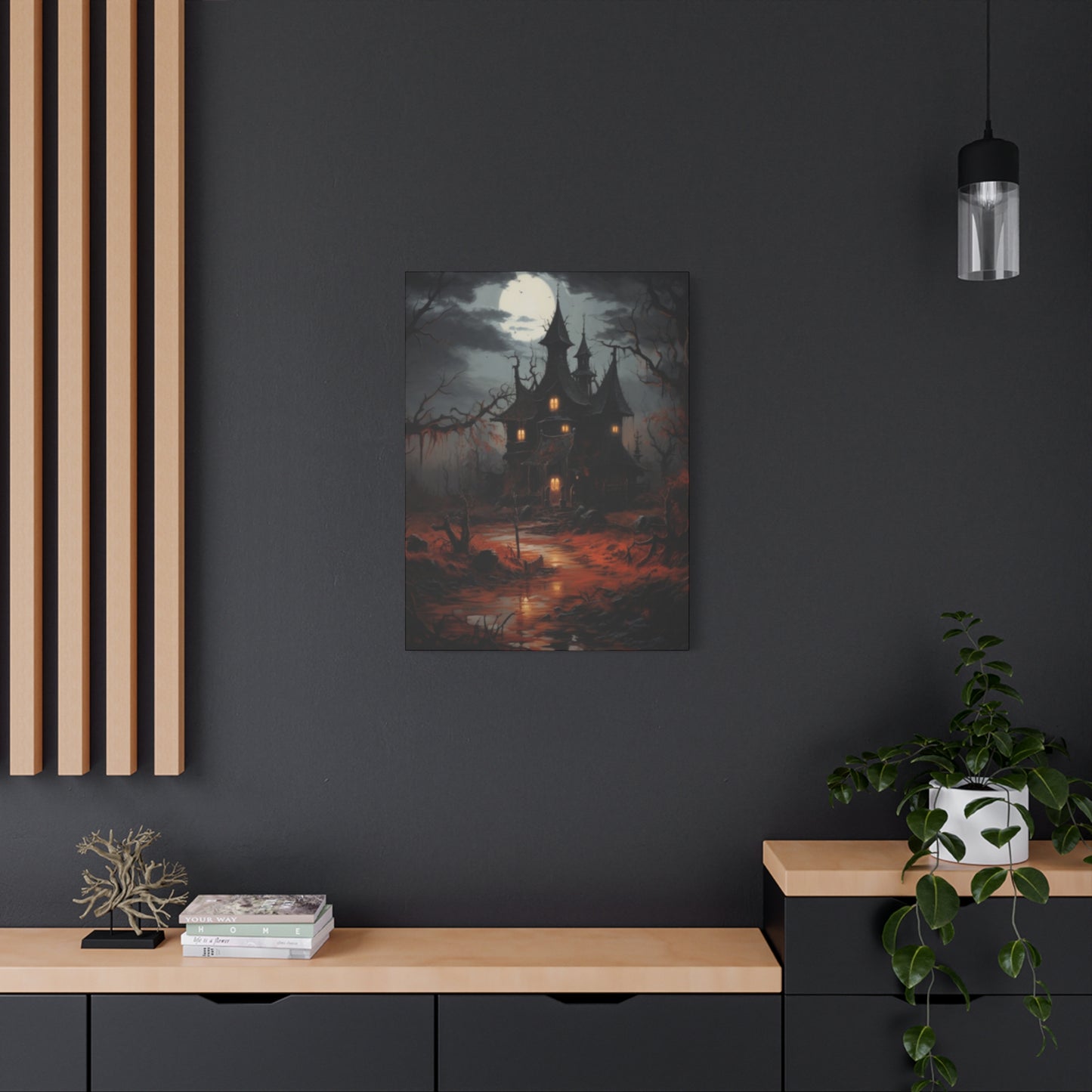
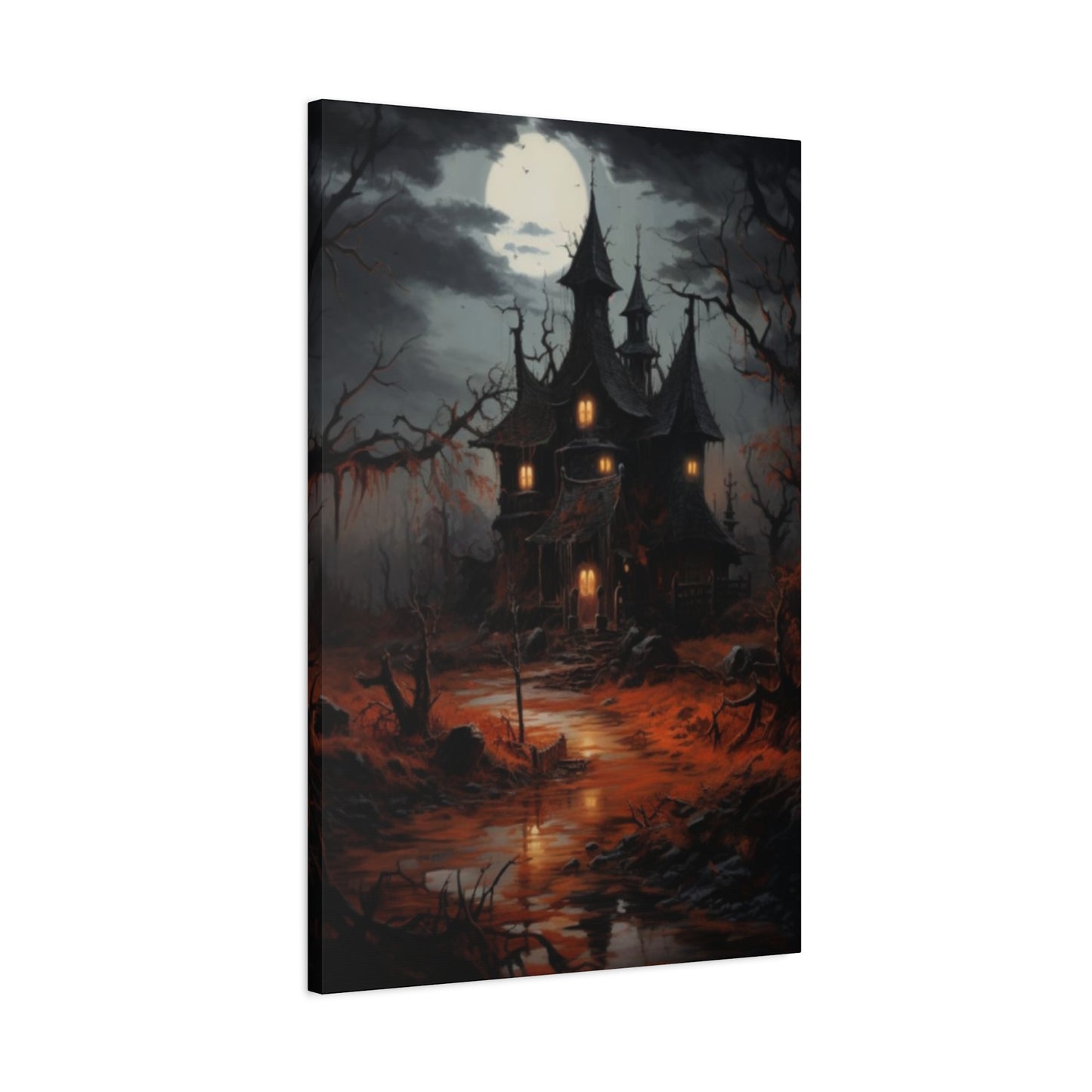
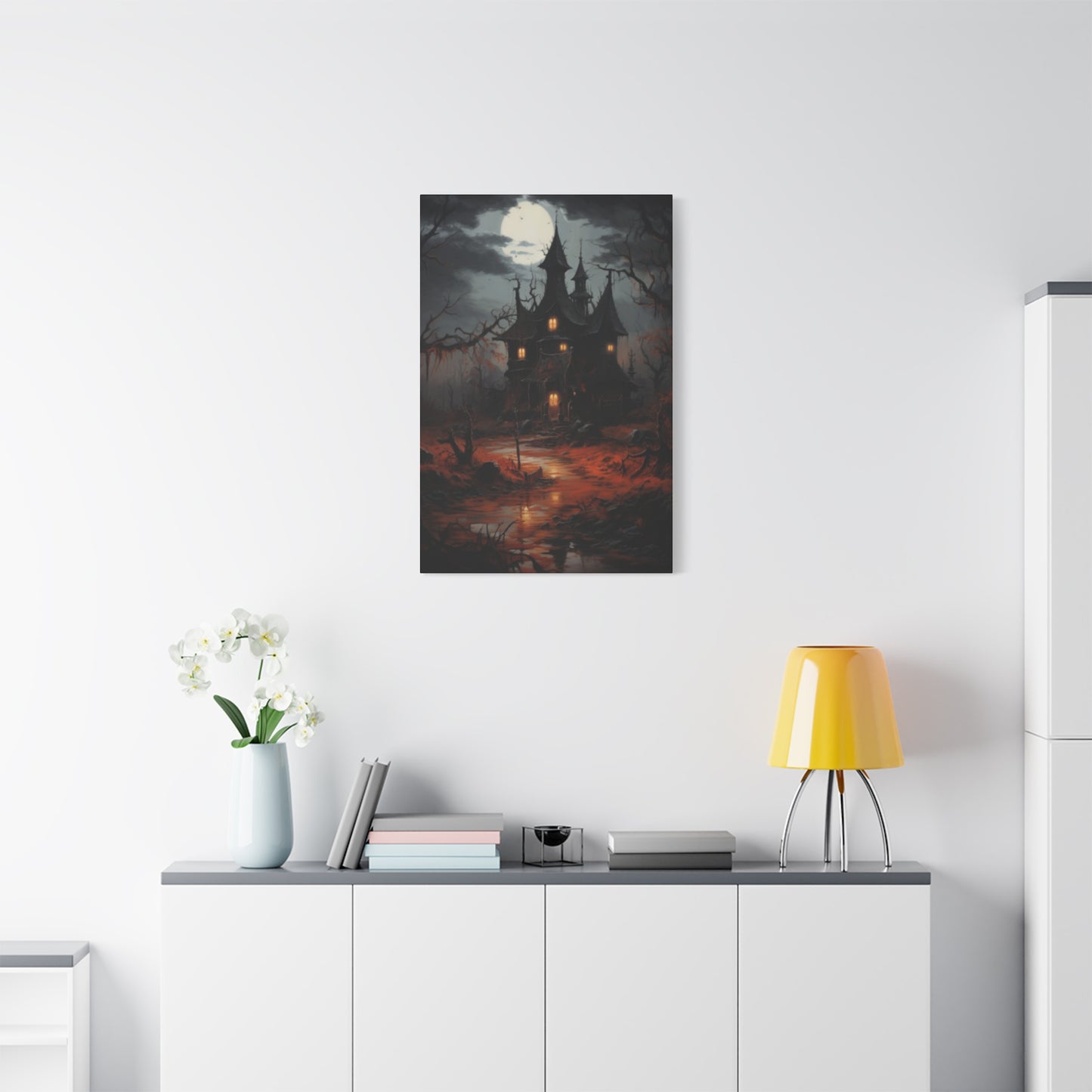
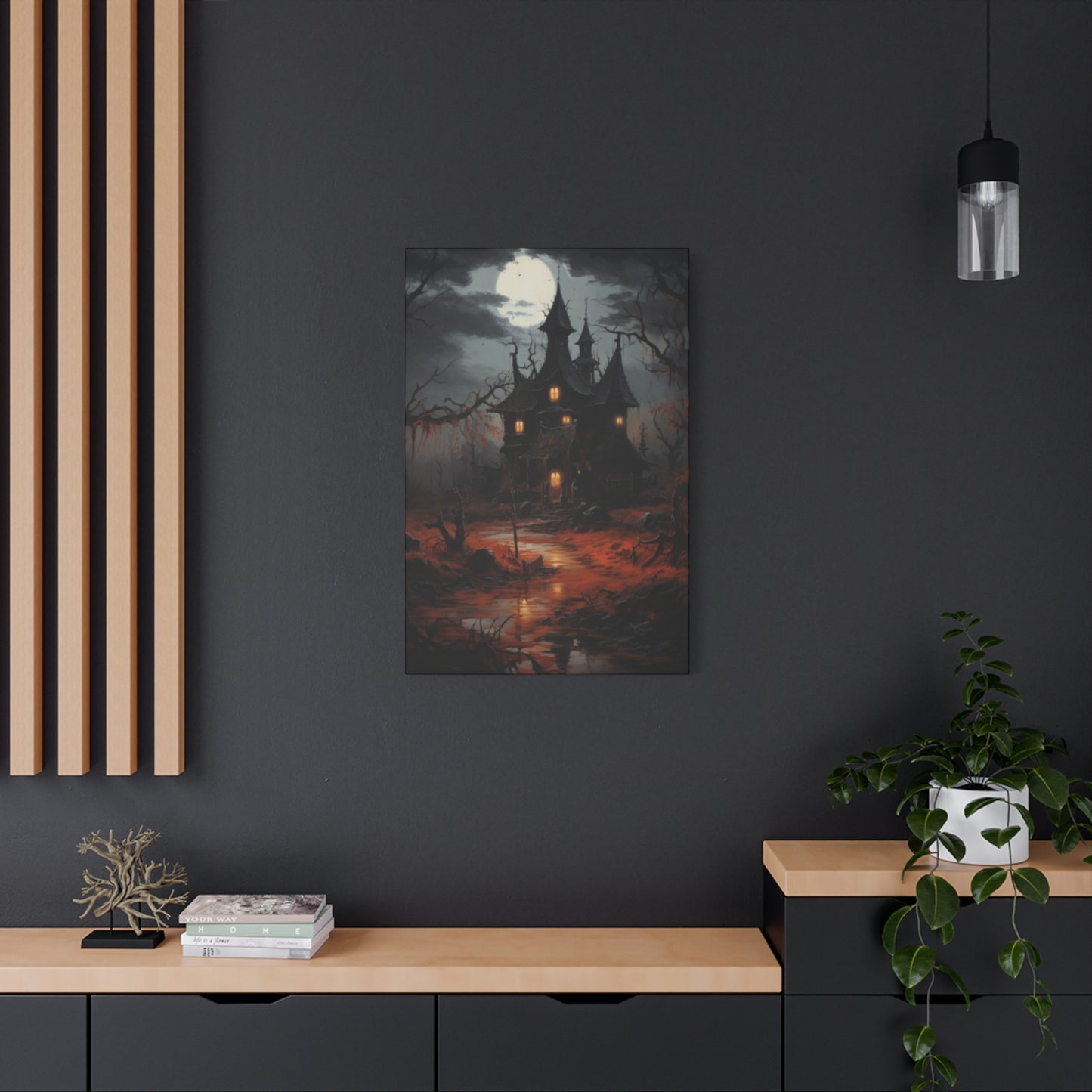
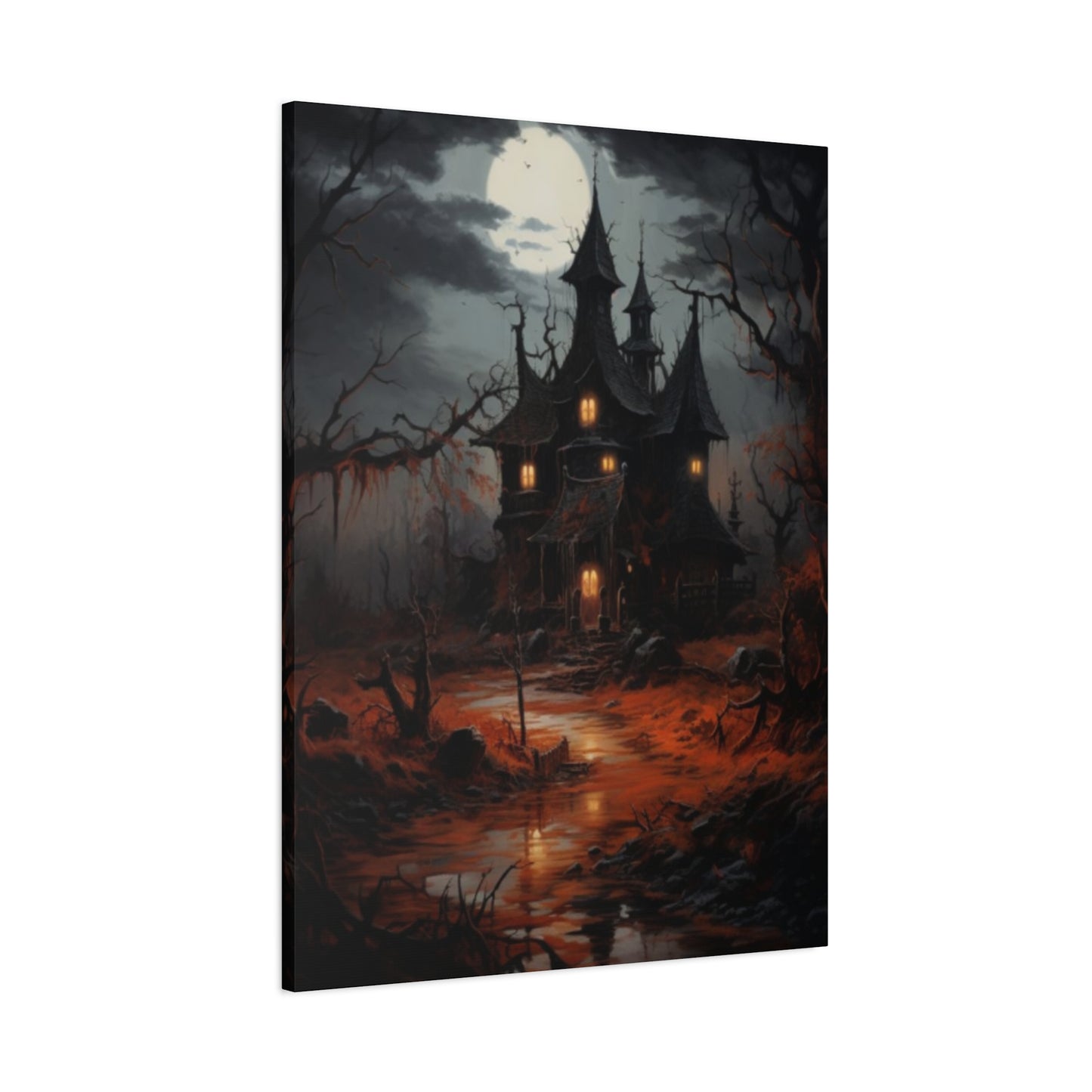
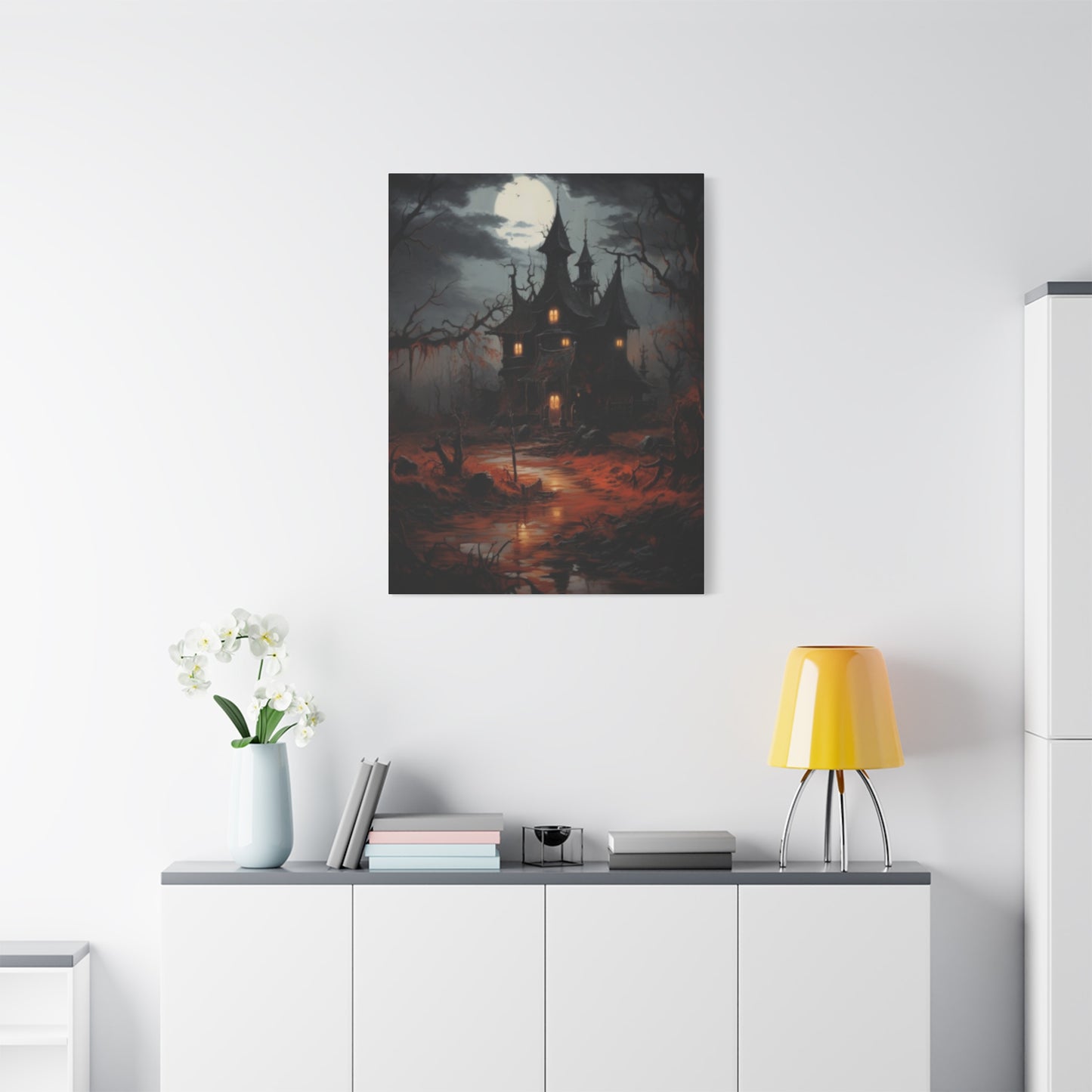
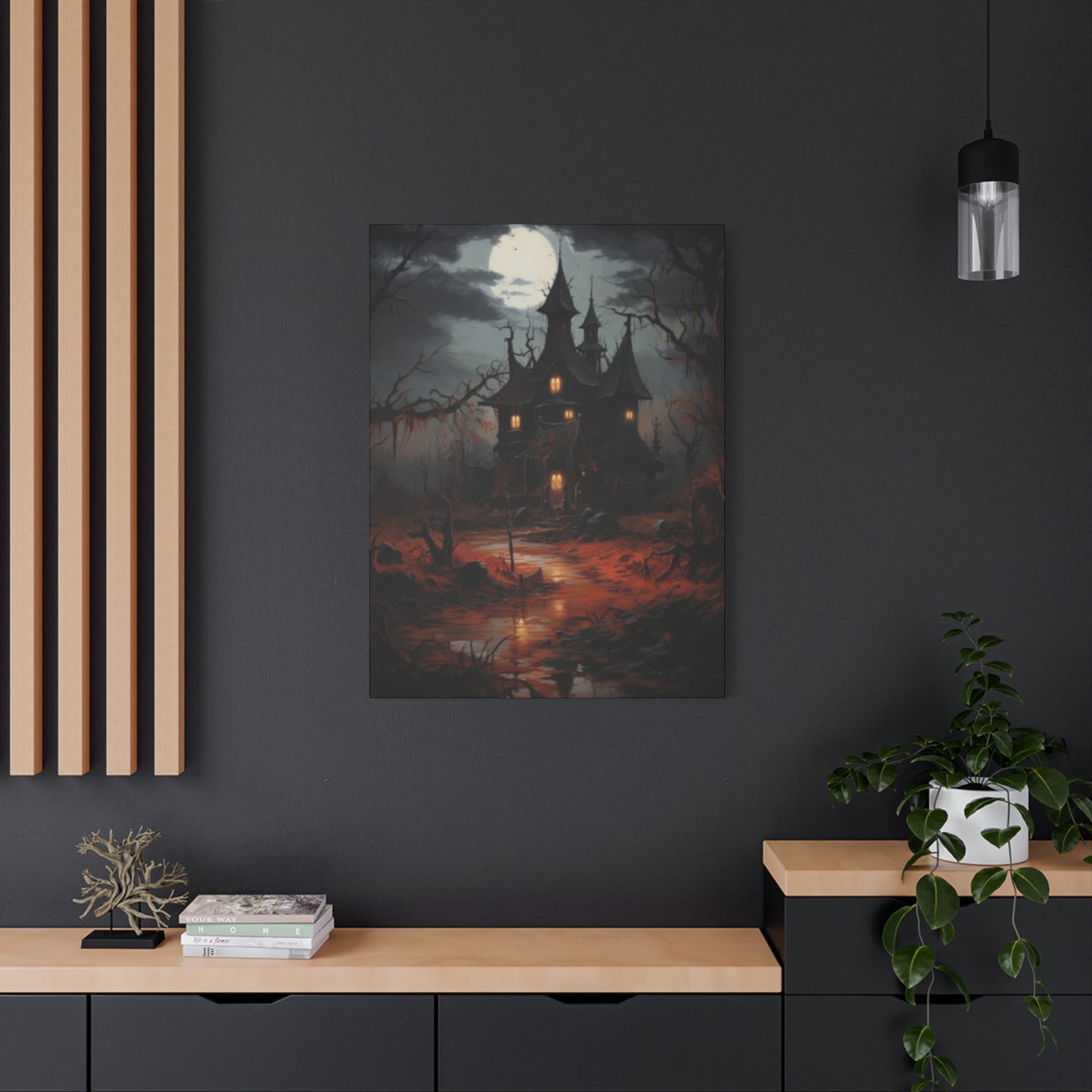
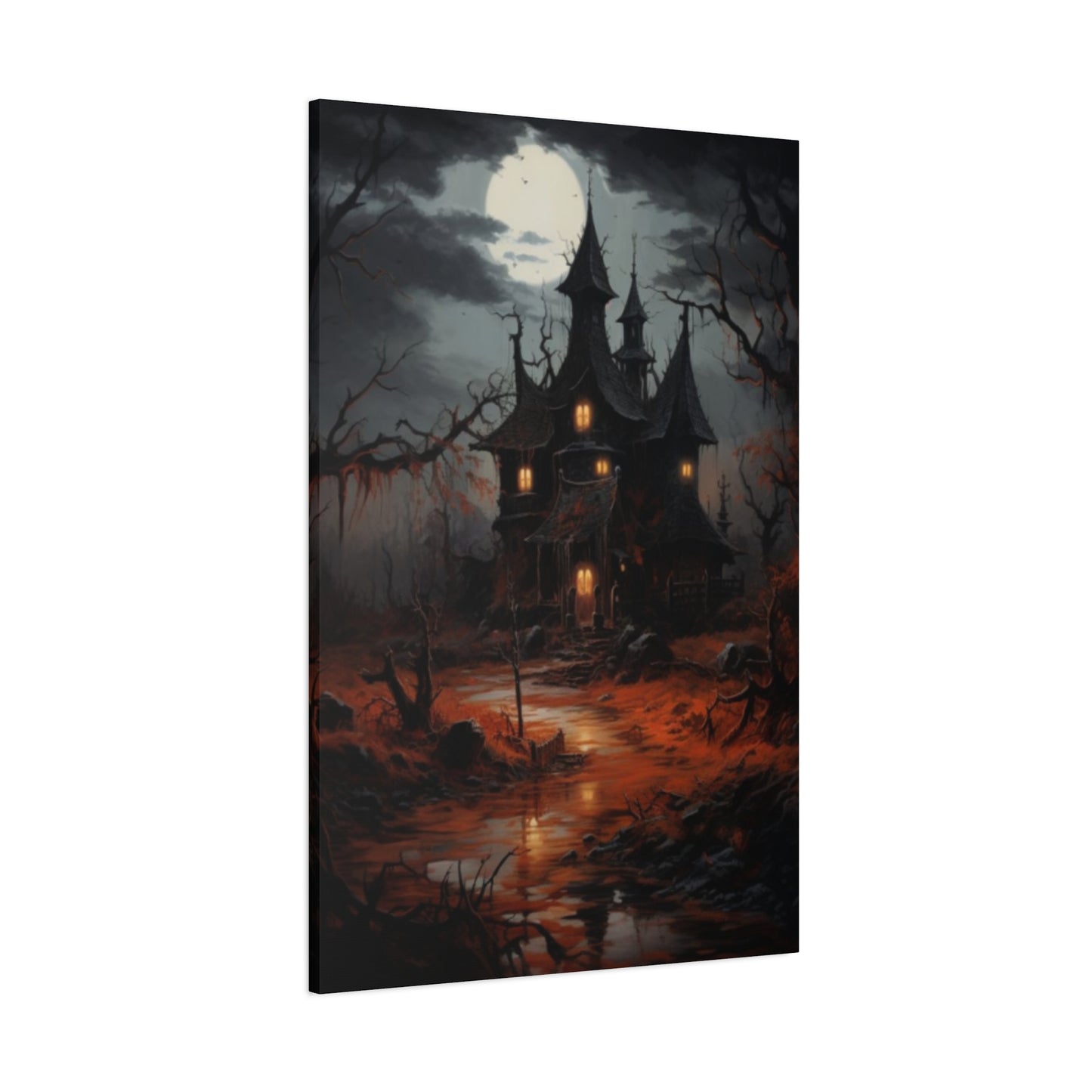
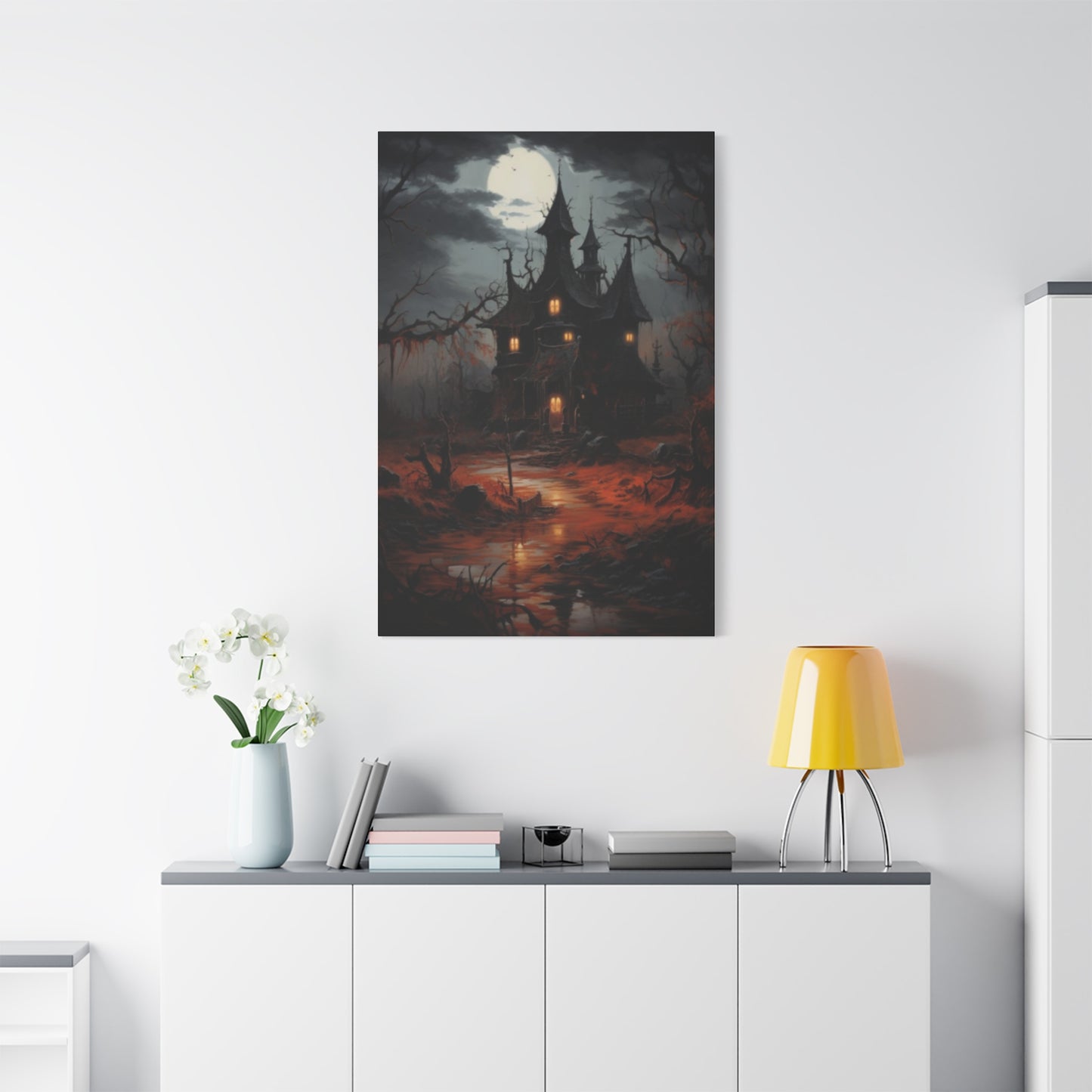
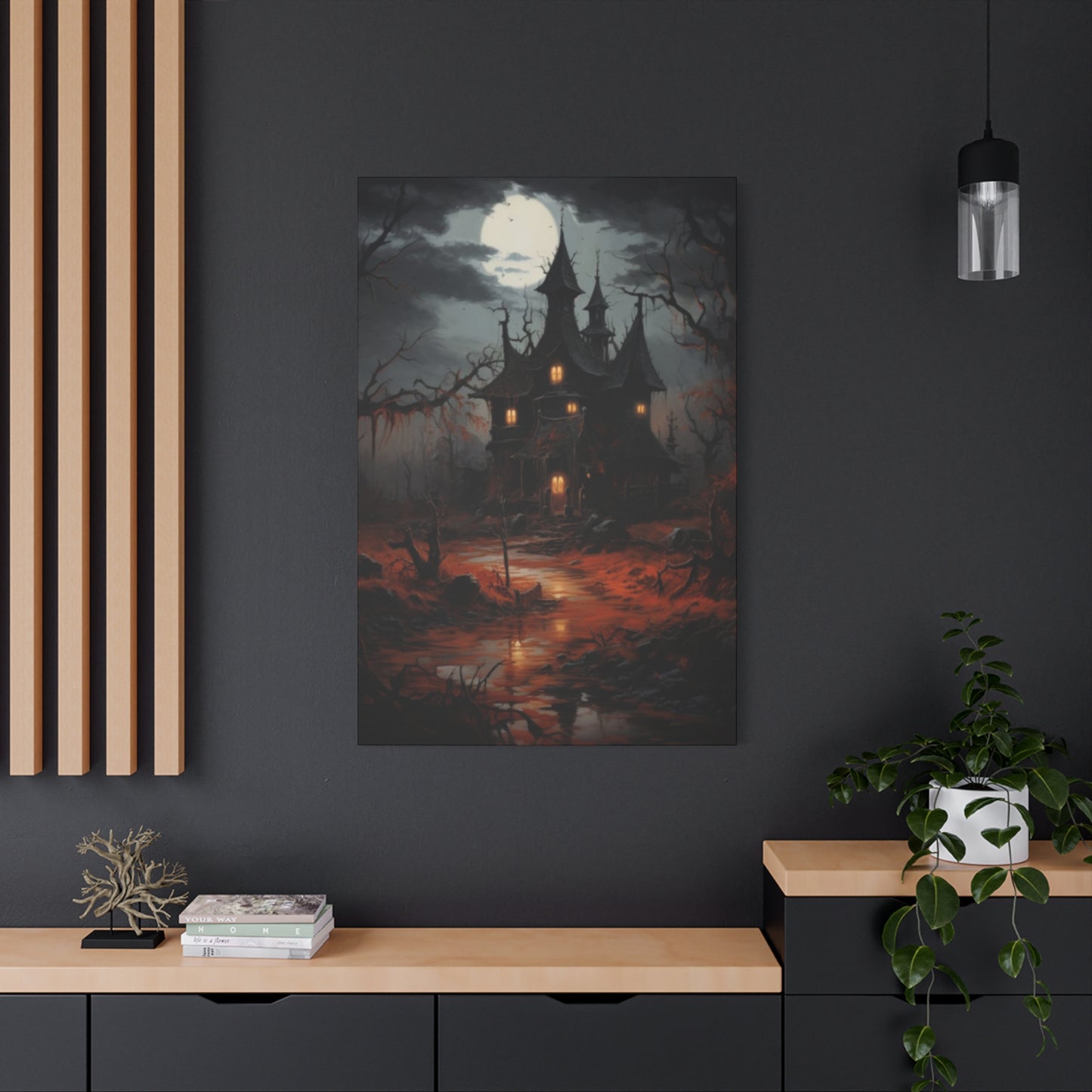
Seasonal Spookiness: Elevate Your Home with Halloween Painting Wall Art
The autumn season brings with it a unique opportunity to transform living environments through the captivating world of Halloween-themed artwork. When the leaves begin to change and the air grows crisp, homeowners everywhere seek ways to embrace the mystical and enchanting atmosphere that this time of year naturally provides. Halloween home paintings offer an exceptional avenue for creating these magical transformations, allowing residents to immerse themselves in the seasonal spirit while maintaining artistic sophistication.
The allure of Halloween-themed artwork extends far beyond simple seasonal decoration. These pieces serve as powerful tools for storytelling, mood creation, and personal expression. Each painting carries within it the potential to transport viewers to otherworldly realms filled with mystery, wonder, and just the right amount of spine-tingling excitement. Whether displayed prominently in main living areas or tucked into cozy corners, these artistic pieces have the remarkable ability to completely alter the ambiance of any room.
Halloween home paintings encompass a vast spectrum of artistic styles, themes, and interpretations. From whimsical and family-friendly depictions to more sophisticated and atmospheric pieces, the variety available ensures that every household can find artwork that resonates with their particular aesthetic preferences and comfort levels. The beauty of this genre lies in its versatility and the countless ways it can be incorporated into existing home décor schemes.
The psychological impact of seasonal artwork cannot be understated. As humans, we naturally respond to visual cues that align with the changing seasons and cultural celebrations. Halloween home paintings tap into this innate response, creating environments that feel both timely and timeless. They serve as daily reminders of the season's unique magic, helping to maintain connection with the natural rhythms of the year and the cultural traditions that bring communities together.
Modern Halloween home paintings have evolved significantly from their early counterparts, now incorporating sophisticated artistic techniques, nuanced color palettes, and complex compositional elements. Contemporary artists working in this genre draw inspiration from classical art traditions while infusing their work with modern sensibilities and contemporary cultural references. This evolution has elevated Halloween artwork from simple decorative pieces to legitimate artistic expressions worthy of serious consideration.
The market for Halloween home paintings has expanded dramatically in recent years, reflecting growing appreciation for seasonal décor and themed artwork. Collectors and casual enthusiasts alike have embraced these pieces, recognizing their value both as artistic expressions and as important components of seasonal home styling. This increased demand has encouraged artists to explore new creative territories, resulting in an ever-expanding array of high-quality options for consumers.
Understanding the various categories and styles of Halloween home paintings helps potential buyers make informed decisions about which pieces will best serve their decorative and aesthetic goals. From traditional haunted house depictions to abstract interpretations of autumn themes, the breadth of available styles ensures that every taste and preference can be accommodated. This diversity also allows for creative mixing and matching, enabling homeowners to create unique collections that reflect their individual personalities and decorative visions.
Haunted Residences Captured in Artistic Expression
The depiction of haunted residences in artwork represents one of the most enduring and popular themes within Halloween home paintings. These mysterious structures, often portrayed with weathered facades, twisted architectural elements, and an aura of otherworldly presence, capture the imagination and evoke feelings of both fascination and delightful unease. Artists specializing in this genre understand the delicate balance required to create pieces that are sufficiently atmospheric without becoming genuinely frightening or inappropriate for home display.
Traditional haunted house paintings typically feature Gothic architectural elements such as pointed arches, ornate stonework, and towering spires that seem to reach toward stormy skies. These structural details are often complemented by environmental elements that enhance the mysterious atmosphere, including gnarled trees with bare branches, rolling fog banks, and dramatic lighting effects that create deep shadows and mysterious silhouettes. The interplay between light and darkness in these compositions serves to heighten the sense of mystery while maintaining visual appeal.
Contemporary interpretations of haunted residences in artwork have expanded beyond traditional Gothic imagery to include a wide variety of architectural styles and settings. Victorian mansions with intricate woodwork and wraparound porches, abandoned farmhouses with sagging rooflines and overgrown gardens, and even modern structures given supernatural treatments all find their place in current Halloween home paintings. This diversity allows collectors to find pieces that complement their existing décor while still embracing the haunted house theme.
The color palettes employed in haunted house paintings play crucial roles in establishing mood and atmosphere. Deep purples, rich burgundies, and midnight blues often dominate these compositions, creating backdrops against which architectural details can be dramatically highlighted. Touches of warm amber light emanating from windows or doorways provide contrast and suggest mysterious activities occurring within these seemingly abandoned structures. These lighting effects also serve practical purposes, drawing the viewer's eye to focal points within the composition and creating visual pathways that enhance the overall impact of the piece.
Artists working in this genre often incorporate symbolic elements that add layers of meaning to their haunted house depictions. Ravens perched on rooflines, cats silhouetted in windows, and bare trees with twisted branches all serve as visual shorthand for supernatural themes while contributing to the overall atmospheric quality of the paintings. These details reward careful observation and provide ongoing sources of interest for viewers who display these pieces in their homes.
The technique and medium choices made by artists creating haunted house paintings significantly influence the final impact of these works. Oil paintings often provide the richest color saturation and the most dramatic lighting effects, while watercolor techniques can create more ethereal and ghostly appearances. Digital art and mixed media approaches offer contemporary artists new tools for creating unique textural effects and innovative compositional approaches that distinguish their work in an increasingly competitive market.
Haunted house paintings serve multiple functions within home décor schemes. They can act as dramatic focal points that anchor entire room designs, or they can provide subtle atmospheric touches when displayed as part of larger gallery walls. The key to successfully incorporating these pieces lies in understanding their visual weight and ensuring that their dramatic impact is balanced with other decorative elements in the room.
The seasonal nature of haunted house paintings makes them particularly versatile decorative elements. While they are most prominently displayed during Halloween season, many homeowners find that these pieces work well year-round when incorporated into rooms with Gothic, Victorian, or eclectic decorative themes. The timeless appeal of mystery and architectural beauty ensures that quality haunted house paintings remain visually interesting regardless of the specific season.
Collecting haunted house paintings can become a rewarding long-term pursuit, as the variety of available styles, sizes, and interpretations provides endless opportunities for building comprehensive collections. Some collectors focus on specific architectural periods or artistic styles, while others prefer to gather diverse pieces that showcase the full range of creative interpretations possible within this theme. The investment potential of high-quality Halloween artwork has also attracted attention from serious art collectors who recognize the growing market for seasonal and themed pieces.
Festive Seasonal Artwork for Home Enhancement
The integration of festive seasonal artwork into home environments represents a sophisticated approach to celebrating Halloween while maintaining year-round decorative appeal. Unlike temporary decorations that must be stored away after the season ends, carefully selected Halloween home paintings can serve as permanent additions to home décor that simply become more prominent and relevant during autumn months. This approach allows homeowners to invest in quality artistic pieces that provide lasting value while still participating fully in seasonal celebrations.
Seasonal artwork serves important psychological and social functions within home environments. It provides visual cues that help residents and guests connect with the natural rhythms of the year and participate in cultural traditions that strengthen community bonds. Halloween home paintings, in particular, offer opportunities to embrace the playful, mysterious, and imaginative aspects of human nature that are often suppressed during more formal seasons of the year.
The selection process for festive seasonal artwork requires careful consideration of multiple factors including existing décor themes, color schemes, room functions, and personal aesthetic preferences. Successful integration of Halloween home paintings depends on finding pieces that complement rather than compete with established decorative elements while still providing the seasonal impact desired. This balance can be achieved through thoughtful attention to scale, color harmony, and thematic consistency.
Contemporary Halloween home paintings often incorporate sophisticated artistic techniques that elevate them beyond simple seasonal decorations to legitimate artistic expressions. These pieces may employ complex color relationships, innovative compositional approaches, and meaningful symbolic content that rewards ongoing contemplation and appreciation. The investment in such quality pieces ensures that seasonal décor maintains its visual appeal and continues to provide satisfaction year after year.
The concept of layered seasonal decorating allows Halloween home paintings to work in conjunction with other decorative elements to create comprehensive seasonal environments. Rather than relying solely on artwork to establish Halloween themes, successful seasonal decorating often involves coordinating paintings with complementary textile choices, lighting adjustments, and carefully selected accessory pieces. This holistic approach ensures that seasonal celebrations feel integrated and intentional rather than haphazard or overwhelming.
Halloween home paintings designed for year-round display often focus on autumn themes rather than specific Halloween imagery. These pieces might feature harvest scenes, autumn landscapes, or architectural subjects rendered in seasonal color palettes that evoke Halloween feelings without including obviously holiday-specific elements. This approach allows homeowners to maintain seasonal connection while avoiding the need to dramatically alter their décor schemes.
The educational value of festive seasonal artwork should not be overlooked, particularly in households with children. Halloween home paintings can serve as starting points for discussions about art history, cultural traditions, seasonal changes, and creative expression. They provide ongoing opportunities for family members to engage with visual culture and develop appreciation for artistic achievement while celebrating seasonal traditions.
Quality festive seasonal artwork often appreciates in value over time, making it a wise investment for homeowners who appreciate both aesthetic and financial returns. As interest in seasonal decorating continues to grow, and as specific artists gain recognition for their Halloween-themed work, early investments in quality pieces can provide significant returns. This investment potential adds another layer of appeal to the purchase of Halloween home paintings.
The display flexibility offered by festive seasonal artwork makes it particularly valuable for homeowners who enjoy regularly updating their décor schemes. Halloween home paintings can be rotated between different rooms, grouped with different complementary pieces, or displayed at varying heights and arrangements to create fresh visual experiences throughout the season. This adaptability ensures that even familiar pieces continue to provide visual interest and decorative value.
Professional framing and presentation significantly enhance the impact and longevity of festive seasonal artwork. Quality framing not only protects valuable pieces but also helps integrate them more successfully into existing décor schemes. The choice of frame styles, matting options, and hanging systems can dramatically influence how Halloween home paintings are perceived and appreciated within home environments.
Renowned Halloween-Themed Artistic Creations
The world of Halloween-themed artistic creations encompasses a rich tradition of celebrated works that have captured public imagination and established benchmarks for excellence in seasonal art. These renowned pieces serve as inspiration for contemporary artists while providing collectors with examples of the highest achievements possible within this specialized genre. Understanding the history and significance of famous Halloween artwork helps inform current purchasing decisions and appreciation of modern pieces.
Historical examples of Halloween-themed art can be traced back centuries, with many renowned artists incorporating supernatural, mysterious, and seasonal themes into their work. Classical paintings depicting witches, supernatural creatures, and mysterious landscapes established visual vocabulary and compositional approaches that continue to influence contemporary Halloween artwork. These historical precedents provide context for understanding how seasonal themes have been interpreted across different artistic periods and cultural contexts.
The Victorian era produced numerous celebrated examples of Halloween-themed artwork, particularly in the realm of illustration and decorative arts. Artists of this period developed sophisticated approaches to depicting supernatural themes that balanced mystery with decorative appeal, creating works that were both atmospheric and appropriate for domestic display. The influence of Victorian Halloween imagery continues to be felt in contemporary artwork, with many modern pieces drawing inspiration from the detailed illustration styles and romantic Gothic sensibilities of this period.
Twentieth-century artists expanded the possibilities for Halloween-themed artwork by incorporating modern artistic movements and techniques into seasonal subjects. Surrealist interpretations of Halloween themes, abstract treatments of autumn imagery, and pop art approaches to traditional Halloween symbols all contributed to the evolution of this artistic genre. These innovative approaches demonstrated that seasonal themes could support serious artistic exploration while maintaining their celebratory and entertaining qualities.
Contemporary renowned Halloween artists have achieved recognition for their unique interpretations of traditional themes and their development of new artistic approaches to seasonal subjects. These artists often combine traditional techniques with modern sensibilities to create pieces that feel both timeless and current. Their success has helped legitimize Halloween artwork as a serious artistic pursuit worthy of critical attention and collector interest.
The commercial success of certain Halloween-themed artworks has helped establish market values and collector interest in this genre. Limited edition prints, original paintings, and commissioned works by recognized artists command significant prices and generate substantial secondary market activity. This commercial success validates the artistic merit of quality Halloween artwork while creating opportunities for emerging artists to develop careers in this specialized field.
Museum exhibitions and gallery shows featuring Halloween-themed artwork have contributed to the critical recognition of this genre and helped educate the public about its artistic significance. These institutional presentations demonstrate that seasonal themes can support serious artistic inquiry and deserve consideration alongside other recognized art forms. The academic and critical attention generated by such exhibitions helps establish scholarly frameworks for understanding and appreciating Halloween artwork.
The international appeal of Halloween-themed artwork reflects the global spread of Halloween celebrations and the universal human fascination with mystery, transformation, and seasonal change. Artists from diverse cultural backgrounds bring unique perspectives to Halloween themes, enriching the genre with fresh interpretations and expanding its appeal to international audiences. This global perspective helps ensure the continued evolution and relevance of Halloween artwork.
The digital age has created new opportunities for Halloween artists to gain recognition and reach wider audiences. Online galleries, social media platforms, and digital art markets have democratized access to Halloween artwork while providing artists with new tools for promotion and sales. The ease of digital reproduction and distribution has also made Halloween artwork more accessible to broader populations, increasing overall interest in the genre.
The investment potential of renowned Halloween artwork has attracted attention from serious art collectors who recognize the growing market for seasonal and themed pieces. Early works by artists who later achieved recognition often appreciate significantly in value, making careful selection of emerging talent a potentially rewarding investment strategy. The relatively specialized nature of Halloween artwork can create opportunities for knowledgeable collectors to identify undervalued pieces before broader market recognition develops.
Scholarly research into Halloween-themed artwork has begun to establish critical frameworks for understanding and evaluating pieces within this genre. Art historians and critics have developed specialized knowledge about the evolution of Halloween imagery, the significance of particular artistic approaches, and the cultural meanings embedded in seasonal artwork. This scholarly attention helps legitimize Halloween artwork as a worthy subject for serious academic consideration and critical analysis.
Halloween Evening Captured in Artistic Vision
The magical hours of Halloween evening provide artists with endless inspiration for creating atmospheric and evocative artwork that captures the unique ambiance of this special night. The interplay of twilight shadows, artificial illumination from jack-o'-lanterns and decorative lights, and the mysterious activities associated with Halloween celebrations creates visual opportunities that talented artists transform into compelling home décor pieces. These Halloween evening paintings serve as windows into the enchanting world of October 31st, allowing viewers to experience the season's magic throughout the year.
The transition from day to evening on Halloween night offers particularly rich subject matter for artistic interpretation. The gradual shift from autumn afternoon light to the mysterious darkness of Halloween evening creates natural drama that skilled artists can capture and enhance through careful attention to lighting effects and color relationships. These transitional moments provide opportunities to depict both the familiar daytime world and the transformed evening landscape where Halloween magic becomes possible.
Traditional Halloween evening scenes often focus on residential neighborhoods transformed by seasonal decorations and the activities of trick-or-treaters. Artists working in this tradition capture the community spirit of Halloween while highlighting the visual elements that make this evening special. Glowing jack-o'-lanterns lining walkways, costumed children moving between decorated houses, and the warm light spilling from open doorways all contribute to compositions that celebrate the social and communal aspects of Halloween.
The color palette associated with Halloween evening provides artists with opportunities to create visually striking compositions that immediately evoke the season's atmosphere. The deep orange glow of jack-o'-lanterns, the purple shadows of twilight, the silver gleam of moonlight, and the warm yellow light from house windows combine to create rich and complex color relationships that are both seasonally appropriate and artistically sophisticated. These color combinations have become strongly associated with Halloween in popular culture, making them immediately recognizable to viewers.
Contemporary artists approaching Halloween evening themes often explore more subtle and sophisticated interpretations of traditional subjects. Rather than focusing solely on obvious Halloween symbols, these artists might capture the general atmosphere of autumn evenings, the play of light and shadow in residential settings, or the mysterious quality of neighborhoods transformed by seasonal celebrations. These approaches allow for artwork that maintains Halloween connections while offering broader appeal and longer-term decorative value.
The technical challenges involved in depicting Halloween evening scenes provide opportunities for artists to demonstrate their mastery of complex lighting situations and atmospheric effects. The multiple light sources present during Halloween evening, from natural moonlight to artificial decorative lighting, require careful handling to create believable and visually appealing compositions. Artists who successfully navigate these technical challenges often produce pieces that are particularly impressive and memorable.
Halloween evening paintings often incorporate elements of narrative storytelling, inviting viewers to imagine the stories unfolding within the depicted scenes. A painting showing costumed figures approaching a decorated house might suggest the anticipation of trick-or-treating, while a scene of empty streets with glowing decorations might evoke the mysterious quiet that follows Halloween celebrations. These narrative suggestions add depth and interest to Halloween evening artwork, encouraging ongoing engagement from viewers.
The scale and format choices made by artists creating Halloween evening paintings significantly influence their final impact and suitability for different home environments. Large-scale pieces can serve as dramatic focal points that dominate room designs, while smaller works might function better as components of gallery walls or intimate decorative vignettes. The horizontal format often works well for depicting neighborhood scenes, while vertical compositions might better capture the drama of towering Halloween decorations or architectural elements.
The seasonal specificity of Halloween evening imagery makes these paintings particularly effective for creating dramatic decorative transformations during autumn months. Homeowners can use Halloween evening paintings as centerpieces for seasonal décor schemes that celebrate the unique atmosphere of this special night. The temporal specificity of Halloween evening also creates opportunities for collectors to build focused collections around this particular theme.
The market for Halloween evening paintings reflects the broader popularity of Halloween celebrations and the growing interest in seasonal home décor. Original paintings depicting Halloween evening scenes command premium prices, while high-quality prints make these images accessible to broader audiences. The commercial success of Halloween evening artwork encourages continued artistic exploration of these themes and ensures ongoing availability of new pieces for collectors and decorators.
The cultural significance of Halloween evening extends beyond simple celebration to encompass themes of transformation, community, imagination, and the relationship between light and darkness. Artists who successfully capture these deeper meanings in their Halloween evening paintings create pieces that resonate with viewers on multiple levels and provide ongoing sources of contemplation and enjoyment. These more sophisticated works often achieve greater artistic recognition and long-term value than purely decorative pieces.
Color Palettes in Halloween Home Artwork
The strategic use of color palettes in Halloween home artwork plays a crucial role in establishing mood, creating atmospheric effects, and ensuring successful integration with existing home décor schemes. Understanding how different color combinations contribute to the overall impact of Halloween-themed paintings helps both artists and collectors make informed decisions about piece selection and placement. The psychology of color perception and its relationship to seasonal associations makes color palette consideration essential for maximizing the decorative and emotional impact of Halloween artwork.
Traditional Halloween color schemes draw heavily from the natural world of autumn, incorporating the warm oranges of pumpkins and changing leaves, the deep purples of twilight skies, and the rich browns of bare tree branches and harvest themes. These naturally occurring color combinations have strong seasonal associations that immediately evoke Halloween feelings in most viewers. The effectiveness of these traditional palettes explains their continued popularity in contemporary Halloween artwork, though modern artists often find innovative ways to interpret and expand upon these established color relationships.
The psychological effects of different color combinations in Halloween artwork cannot be overlooked when selecting pieces for home display. Warm color palettes featuring oranges, reds, and golden yellows tend to create feelings of comfort, celebration, and seasonal joy, making them ideal for family-oriented Halloween décor. Cooler palettes emphasizing purples, deep blues, and silver tones often evoke more mysterious and atmospheric feelings, which may be more appropriate for sophisticated adult-oriented Halloween decorating schemes.
Contemporary Halloween artists often experiment with unconventional color palettes that challenge traditional expectations while maintaining seasonal relevance. These innovative approaches might involve using monochromatic schemes, unexpected color combinations, or subtle variations on traditional Halloween colors. Such experimentation can result in pieces that feel fresh and contemporary while still clearly relating to Halloween themes. These non-traditional approaches often appeal to collectors seeking unique pieces that stand out from more conventional Halloween artwork.
The technical aspects of color mixing and application significantly influence the final impact of Halloween color palettes. Artists working in oils can achieve rich, saturated colors with smooth gradations that create atmospheric depth and visual complexity. Watercolor techniques often produce more transparent and ethereal color effects that can be particularly effective for ghostly or mysterious subjects. Acrylic paints offer versatility and bright color options that work well for more contemporary or graphic interpretations of Halloween themes.
The interaction between Halloween color palettes and existing home décor requires careful consideration to ensure successful integration. Halloween artwork with predominantly warm palettes works well in rooms with neutral or earth-tone color schemes, while pieces featuring cooler Halloween colors might better complement rooms with gray, blue, or purple decorative elements. The goal is to create harmony between the seasonal artwork and the year-round décor without sacrificing the distinctive impact that makes Halloween pieces special.
Lighting conditions significantly affect how Halloween color palettes are perceived in home environments. Natural daylight reveals different aspects of color relationships than artificial lighting, and the type of artificial lighting used can dramatically alter color perception. Warm incandescent lighting often enhances the orange and red tones in Halloween palettes, while cooler LED lighting might emphasize purple and blue elements. Understanding these lighting interactions helps in both artwork selection and display optimization.
The symbolic associations of different colors in Halloween contexts add layers of meaning to artistic color choices. Orange represents harvest abundance and seasonal warmth, purple suggests mystery and magic, black evokes night and the unknown, and silver or white might represent moonlight and ghostly presences. Artists who understand these symbolic associations can use color choices to enhance the thematic content of their Halloween artwork and create pieces with richer conceptual depth.
Seasonal color trends in home décor influence the popularity and market reception of different Halloween color palettes. While traditional Halloween colors maintain consistent appeal, trends toward specific color combinations or intensities can affect collector interest and market values. Staying aware of broader decorative trends helps both artists and collectors make informed decisions about color palette choices in Halloween artwork.
The emotional impact of Halloween color palettes extends beyond their immediate visual appeal to influence the overall atmosphere of home environments. Rooms decorated with Halloween artwork featuring energetic, warm color palettes tend to feel more festive and welcoming, while those with cooler, more subdued palettes often create more contemplative and sophisticated atmospheres. Understanding these emotional effects helps homeowners select Halloween artwork that supports their desired seasonal ambiance.
The longevity of different color palettes in Halloween artwork varies based on both technical and aesthetic factors. Some pigments and color combinations maintain their visual impact longer than others, both in terms of physical fade resistance and continued aesthetic appeal. High-quality pigments and proper display conditions help ensure that Halloween color palettes retain their intended impact over time, protecting the investment value of collected pieces.
The cultural variations in Halloween color associations reflect different regional traditions and artistic influences. While orange and black remain universally associated with Halloween, other colors may have stronger or weaker connections depending on local customs and artistic traditions. Artists working in international markets often consider these cultural variations when developing color palettes for their Halloween artwork, ensuring broader appeal and understanding.
Mysterious Nooks: Halloween-Themed Paintings
The concept of mysterious nooks within Halloween-themed paintings represents a sophisticated approach to seasonal artwork that emphasizes atmosphere and suggestion over obvious symbolism. These intimate, shadowy corners and hidden alcoves captured in artistic compositions invite viewers to imagine the stories and secrets that might unfold within these intriguing locations. The appeal of mysterious nook paintings lies in their ability to create sense of discovery and contemplation, transforming ordinary architectural features into portals for imagination and seasonal wonder.
Architectural elements that commonly feature in mysterious nook paintings include curved staircases disappearing into darkness, window seats bathed in moonlight, cozy fireplaces casting dancing shadows, and secluded reading corners filled with mysterious volumes. These familiar residential features become transformed through artistic interpretation into locations where Halloween magic might naturally occur. The artistic challenge lies in making these ordinary elements feel extraordinary while maintaining their fundamental believability and appeal.
The lighting techniques employed in mysterious nook paintings play crucial roles in establishing the desired atmospheric effects. Dramatic chiaroscuro lighting, where stark contrasts between light and dark create visual drama, often features prominently in these compositions. Subtle rim lighting might outline architectural details or mysterious objects, while pools of warm light from unseen sources create islands of visibility within larger shadowy environments. These lighting choices help guide viewer attention while maintaining the sense of mystery essential to the theme.
Color palettes in mysterious nook paintings typically emphasize rich, deep tones that enhance the sense of hidden depths and secret spaces. Deep burgundies, midnight blues, forest greens, and warm amber tones often dominate these compositions, creating environments that feel both inviting and slightly otherworldly. Metallic accents in bronze, copper, or aged silver might highlight specific details or objects, adding touches of elegance and sophistication to the mysterious atmosphere.
The objects and details included in mysterious nook paintings contribute significantly to their storytelling potential and overall impact. Ancient-looking books with mysterious titles, flickering candles in ornate holders, vintage furniture with carved details, and partially glimpsed artwork or decorative objects all serve to populate these intimate locations with intriguing elements. These carefully chosen details reward close observation and provide ongoing sources of interest for viewers who live with these paintings daily.
Contemporary artists creating mysterious nook paintings often draw inspiration from literary sources, particularly Gothic novels, mystery stories, and atmospheric poetry. These literary influences help inform both the visual elements included in the paintings and the overall mood and atmosphere achieved. The connection between mysterious nook paintings and literary traditions adds intellectual depth to these pieces and appeals to collectors who appreciate cultural references and artistic sophistication.
The scale considerations for mysterious nook paintings differ from those of larger Halloween scenes or architectural subjects. These intimate compositions often work best at moderate sizes that allow for detailed observation while maintaining the sense of personal, secret discovery that makes them appealing. Very large scales might diminish the intimate quality essential to the mysterious nook concept, while very small scales might not provide sufficient detail to support the atmospheric effects desired.
The seasonal versatility of mysterious nook paintings makes them particularly valuable additions to home art collections. While these pieces clearly relate to Halloween themes through their atmospheric qualities and mysterious content, they often work well for year-round display in rooms with Gothic, Victorian, or romantically inclined decorative themes. This versatility increases their practical value while supporting their artistic appreciation beyond the specific Halloween season.
The psychological appeal of mysterious nook paintings relates to fundamental human responses to intimate, protected environments and the allure of hidden or secret places. These paintings tap into childhood memories of cozy hiding spots and adult appreciation for private retreats from the busy world. The Halloween connection adds elements of seasonal celebration and mild supernatural suggestion without compromising the fundamental appeal of these intimate environments.
The technical execution of mysterious nook paintings requires considerable skill in handling complex lighting situations, detailed architectural rendering, and atmospheric effects. Artists working in this specialized area often develop signature approaches to depicting texture, light, and architectural detail that distinguish their work in the marketplace. The technical demands of creating convincing mysterious nook paintings help ensure that quality pieces maintain their value and continue to impress viewers over time.
The market for mysterious nook paintings reflects growing interest in sophisticated Halloween artwork that transcends simple seasonal decoration. Collectors increasingly seek pieces that combine Halloween associations with year-round decorative appeal and artistic sophistication. The mysterious nook category satisfies these requirements while offering unique visual experiences that distinguish them from more common Halloween subject matter.
The display considerations for mysterious nook paintings involve finding locations that complement their intimate scale and mysterious atmosphere. These pieces often work well in personal retreat areas such as home libraries, bedroom sitting areas, or quiet corners of living rooms where their contemplative qualities can be properly appreciated. The goal is to create display situations that enhance rather than compete with the mysterious atmosphere inherent in these specialized paintings.
Handcrafted Halloween Home Artwork Creation
The growing popularity of handcrafted Halloween home artwork reflects a broader cultural movement toward personalization, creative expression, and meaningful engagement with seasonal celebrations. Creating original Halloween-themed paintings provides opportunities for artistic development, personalized home decoration, and deeper connection with Halloween traditions. The process of designing and executing handmade Halloween artwork offers both immediate creative satisfaction and long-term decorative value while developing artistic skills and confidence.
The planning phase of handcrafted Halloween artwork creation involves selecting appropriate subjects, determining color palettes, choosing suitable materials and techniques, and establishing compositional approaches that support the intended decorative and aesthetic goals. Successful planning requires consideration of both artistic principles and practical concerns such as available workspace, time constraints, budget limitations, and skill levels. Thorough planning helps ensure that creative energy is channeled effectively toward achieving desired outcomes.
Subject selection for handcrafted Halloween artwork offers unlimited creative possibilities ranging from traditional Halloween symbols to personal interpretations of seasonal themes. Beginning artists might focus on simpler subjects such as jack-o'-lanterns, autumn leaves, or basic architectural silhouettes, while more experienced creators can tackle complex compositions involving multiple figures, detailed backgrounds, or sophisticated lighting effects. The key is choosing subjects that match current skill levels while providing opportunities for growth and challenge.
Material and technique choices significantly influence both the creative process and the final results of handcrafted Halloween artwork. Watercolor techniques offer accessibility and expressive possibilities for beginners, while oil painting provides rich color saturation and blending opportunities for more advanced artists. Acrylic paints combine ease of use with versatility, making them popular choices for many Halloween artwork projects. Alternative techniques such as pastels, colored pencils, or mixed media approaches offer additional creative possibilities for experimental artists.
The color mixing and palette development process in handcrafted Halloween artwork provides valuable learning opportunities while enabling personalized artistic expression. Understanding how to create rich oranges, deep purples, and atmospheric grays through color mixing develops fundamental artistic skills while ensuring color harmony in finished pieces. Experimentation with unconventional color combinations can lead to unique and personally meaningful interpretations of Halloween themes.
Compositional planning for handcrafted Halloween artwork involves understanding basic design principles such as balance, rhythm, emphasis, and unity while applying these concepts to seasonal subject matter. Effective compositions guide viewer attention, create visual interest, and support the overall mood and atmosphere desired in Halloween-themed pieces. Simple sketching exercises help develop compositional skills while allowing experimentation with different arrangements and approaches.
The execution phase of handcrafted Halloween artwork creation provides opportunities to develop technical painting skills while bringing creative visions to life. This process involves managing wet and dry paint applications, controlling brushwork and texture effects, building up colors and values gradually, and making ongoing decisions about detail levels and finish quality. Patience and persistence during execution phases often determine the difference between satisfactory and exceptional results.
Problem-solving during the creation process teaches valuable lessons about artistic adaptation and creative resilience. When planned approaches encounter unexpected difficulties, successful artists learn to modify their techniques, adjust their expectations, or find alternative solutions that maintain project viability. These problem-solving experiences contribute to overall artistic development while building confidence for future creative projects.
The finishing and presentation phases of handcrafted Halloween artwork involve important decisions about final details, protective treatments, and display preparation. Proper finishing techniques help ensure longevity and professional appearance while protecting creative investments. Understanding options for framing, matting, and hanging helps maximize the decorative impact of completed pieces while integrating them successfully into home environments.
The documentation and reflection process following completion of handcrafted Halloween artwork provides valuable learning opportunities for future projects. Photographing completed pieces, noting successful techniques and areas for improvement, and reflecting on the overall creative experience helps consolidate learning and inform future artistic decisions. This reflective practice contributes to ongoing artistic development and increased satisfaction with creative pursuits.
The cost considerations involved in handcrafted Halloween artwork creation often compare favorably with purchasing original artwork while providing additional value through the creative experience itself. Initial investments in quality materials and tools can support multiple projects over time, making handcrafted creation economically attractive for households that regularly update their seasonal decorations. The personal satisfaction and skill development provided by creative activities adds intangible value that purely commercial transactions cannot match.
The social aspects of handcrafted Halloween artwork creation can enhance the overall experience while building community connections. Family projects, artistic group activities, or informal teaching situations all provide opportunities for shared creative experiences and skill development. These social dimensions often become as valuable as the finished artwork itself, creating lasting memories and strengthening relationships through shared creative endeavors.
Spectral Residences in Artistic Renderings
The artistic interpretation of spectral residences represents one of the most evocative and challenging subjects within Halloween home painting genres. These otherworldly dwellings, depicted as existing between the physical and supernatural realms, require sophisticated artistic techniques to convey their ethereal nature while maintaining visual coherence and decorative appeal. The success of spectral residence paintings depends on artists' abilities to suggest transparency, luminosity, and otherworldly presence through careful manipulation of traditional painting techniques and materials.
The conceptual foundation of spectral residence artwork draws from centuries of ghost stories, supernatural literature, and cultural beliefs about the afterlife and haunted locations. These cultural sources provide rich inspiration for artistic interpretation while establishing viewer expectations and emotional responses to spectral imagery. Understanding these cultural contexts helps artists create pieces that resonate with viewers while pushing creative boundaries and exploring new visual possibilities within established thematic frameworks.
The technical challenges involved in depicting spectral residences include creating convincing transparency effects, managing complex lighting situations involving both natural and supernatural illumination, and balancing realistic architectural details with otherworldly atmospheric effects. These technical demands require advanced painting skills and thorough understanding of color theory, light behavior, and atmospheric perspective. Artists who master these technical aspects often produce pieces that are particularly impressive and memorable.
Traditional approaches to spectral residence paintings often employ techniques such as glazing, scumbling, and careful color temperature manipulation to create ethereal effects. Glazing techniques allow artists to build up transparent layers of color that suggest the insubstantial nature of spectral architecture, while scumbling can create misty, atmospheric effects that enhance otherworldly ambiance. Color temperature manipulation, using cooler colors for spectral elements and warmer colors for solid reality, helps establish visual separation between different planes of existence.
Contemporary digital techniques have expanded the possibilities for creating spectral residence artwork, allowing artists to experiment with transparency effects, luminosity adjustments, and atmospheric manipulations that would be difficult or impossible with traditional media alone. However, the most successful digital spectral residence paintings often combine digital techniques with traditional artistic principles to create pieces that maintain the warmth and authenticity associated with handcrafted artwork.
The architectural elements commonly featured in spectral residence paintings include partially transparent walls that reveal interior details, floating architectural fragments disconnected from physical foundations, and structures that seem to shift and change as viewers observe them. These supernatural architectural features challenge traditional perspective and spatial relationships while creating visual interest and supporting the ghostly theme. The key is maintaining enough familiar architectural reference points to ground the composition while introducing sufficient supernatural elements to support the spectral concept.
The color palettes employed in spectral residence paintings often emphasize cool tones such as blues, purples, and grays to suggest otherworldly coldness and separation from warm, living environments. However, strategic use of warmer accent colors can create focal points and suggest connections between spectral and physical realms. Metallic effects in silver, pewter, or pale gold can enhance the ethereal quality while adding sophisticated visual interest to the overall composition.
The lighting concepts in spectral residence paintings frequently involve multiple light sources with different qualities and origins. Natural moonlight might illuminate physical landscape elements, while supernatural luminosity emanates from the spectral structures themselves. This complex lighting requires careful planning and execution to maintain visual believability while supporting the supernatural themes. The interplay between natural and supernatural lighting sources often becomes a crucial element in successful spectral residence compositions.
The emotional impact of spectral residence paintings varies depending on the artist's approach and the viewer's personal associations with supernatural themes. Some spectral residence paintings evoke melancholy or sadness, suggesting lost homes and departed inhabitants, while others might emphasize mystery and wonder at the possibilities of existence beyond physical reality. The most successful pieces often maintain enough ambiguity to allow multiple interpretations while providing clear emotional resonance.
Conclusion
Seasonal spookiness comes alive through Halloween painting wall art, offering a captivating way to transform your home into a festive haven filled with mystery, charm, and a touch of eerie elegance. Whether you favor classic haunted houses, whimsical witches, ghostly figures, or pumpkin-lit landscapes, Halloween-themed paintings provide a rich visual narrative that celebrates the magic of the season. These artworks not only enhance your décor with vibrant colors and spooky motifs but also evoke the playful spirit and anticipation that make autumn and Halloween so special.
Halloween painting wall art serves as a versatile and impactful décor choice, allowing you to embrace the season’s unique atmosphere without overwhelming your space. From subtle, moody pieces with muted palettes to bold, colorful designs bursting with energy, there is a style to suit every taste and home aesthetic. This flexibility makes it easy to refresh your living room, entryway, kitchen, or even office with seasonal charm that sparks conversation and delight.
One of the greatest appeals of Halloween paintings is their ability to blend nostalgia with creativity. Many artworks tap into classic Halloween iconography—black cats, jack-o’-lanterns, moonlit nights—while adding contemporary flair and artistic interpretation. This fusion offers a fresh take on familiar symbols, allowing your walls to tell stories that are both timeless and uniquely personal.
Beyond visual appeal, Halloween wall art enriches the ambiance of your home by creating an immersive seasonal experience. It invites guests to step into a world where imagination and tradition intertwine, fostering a cozy yet thrilling atmosphere. Whether you’re hosting a Halloween gathering or simply enjoying the season’s magic day-to-day, these paintings heighten the mood and make your space feel festive and inviting.
Moreover, seasonal Halloween art celebrates the joy of change—an acknowledgment of nature’s cycles and the excitement of holiday traditions. It encourages embracing the moment, indulging in whimsy, and appreciating the balance between light and shadow. By incorporating Halloween paintings into your décor, you not only beautify your home but also connect with the deeper emotions and memories that this season evokes.
In conclusion, Halloween painting wall art is a fantastic way to elevate your home’s seasonal spirit. It combines artistic expression with festive fun, creating an atmosphere that is both enchanting and inviting. Whether you choose subtle spookiness or bold seasonal statements, these artworks bring magic, warmth, and personality to your living spaces, making every autumn day a celebration of mystery and delight.

